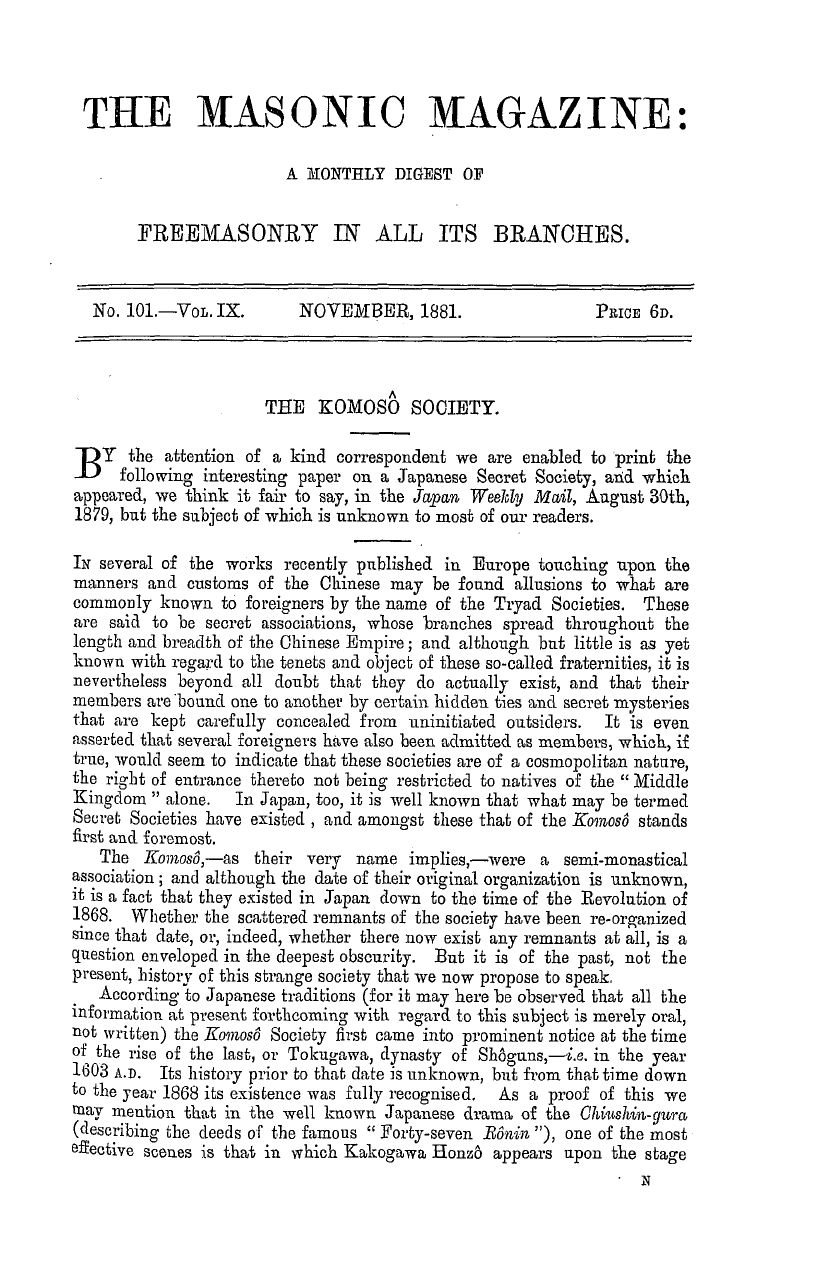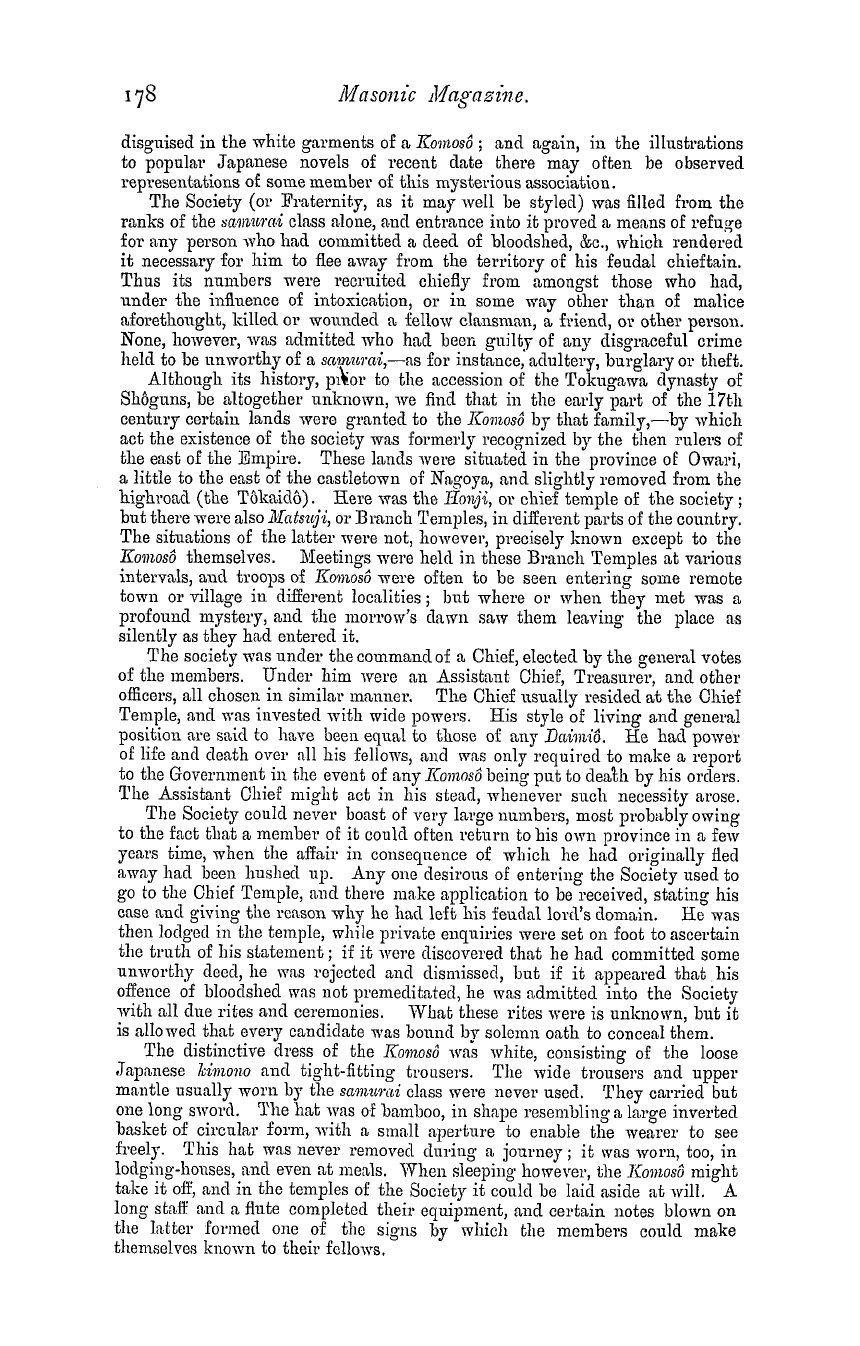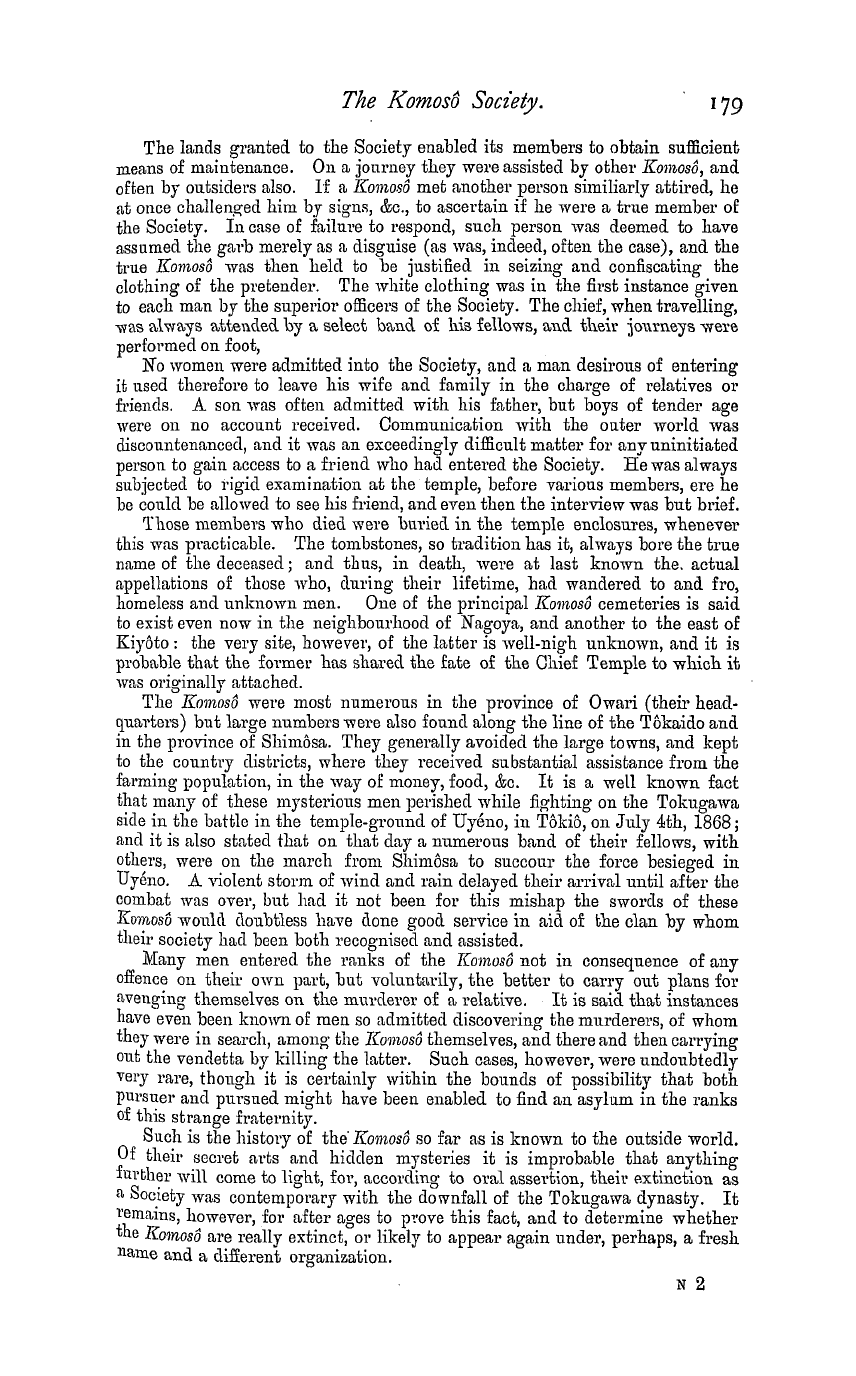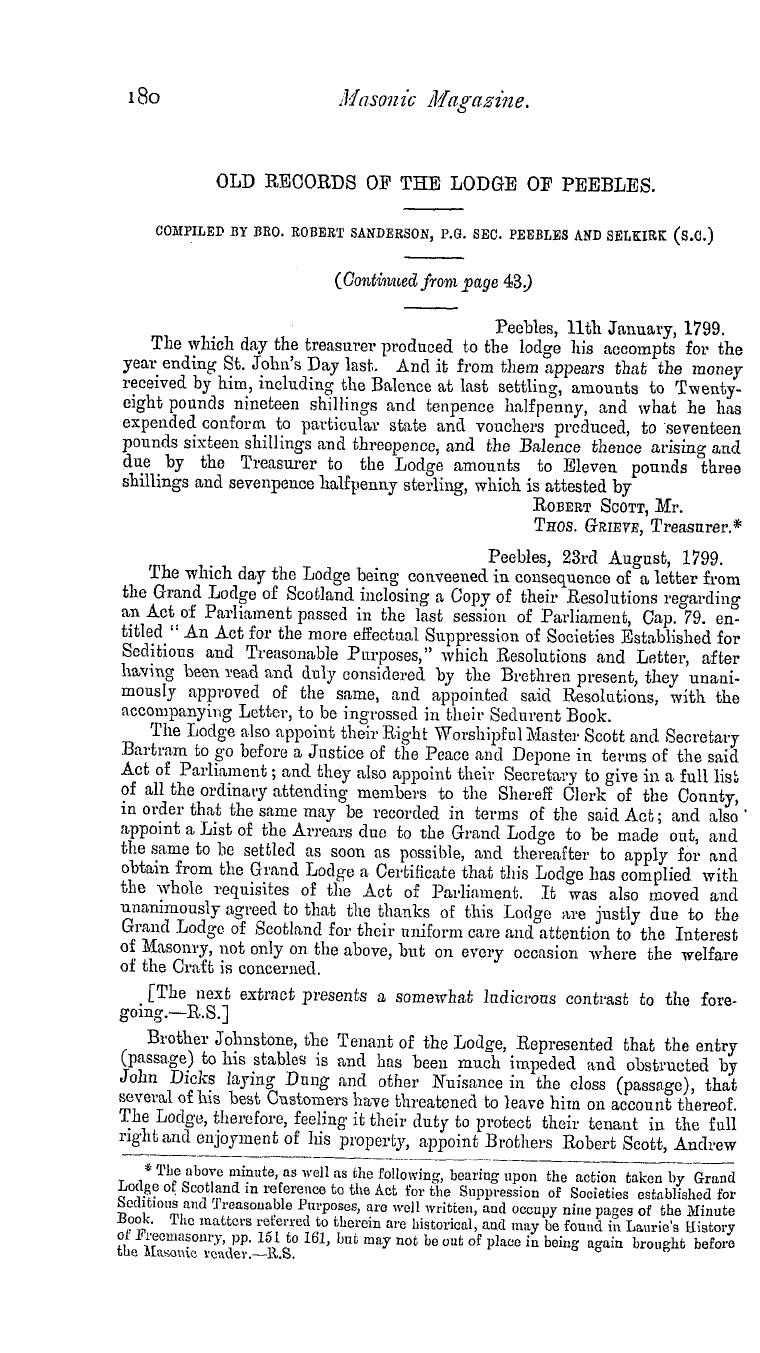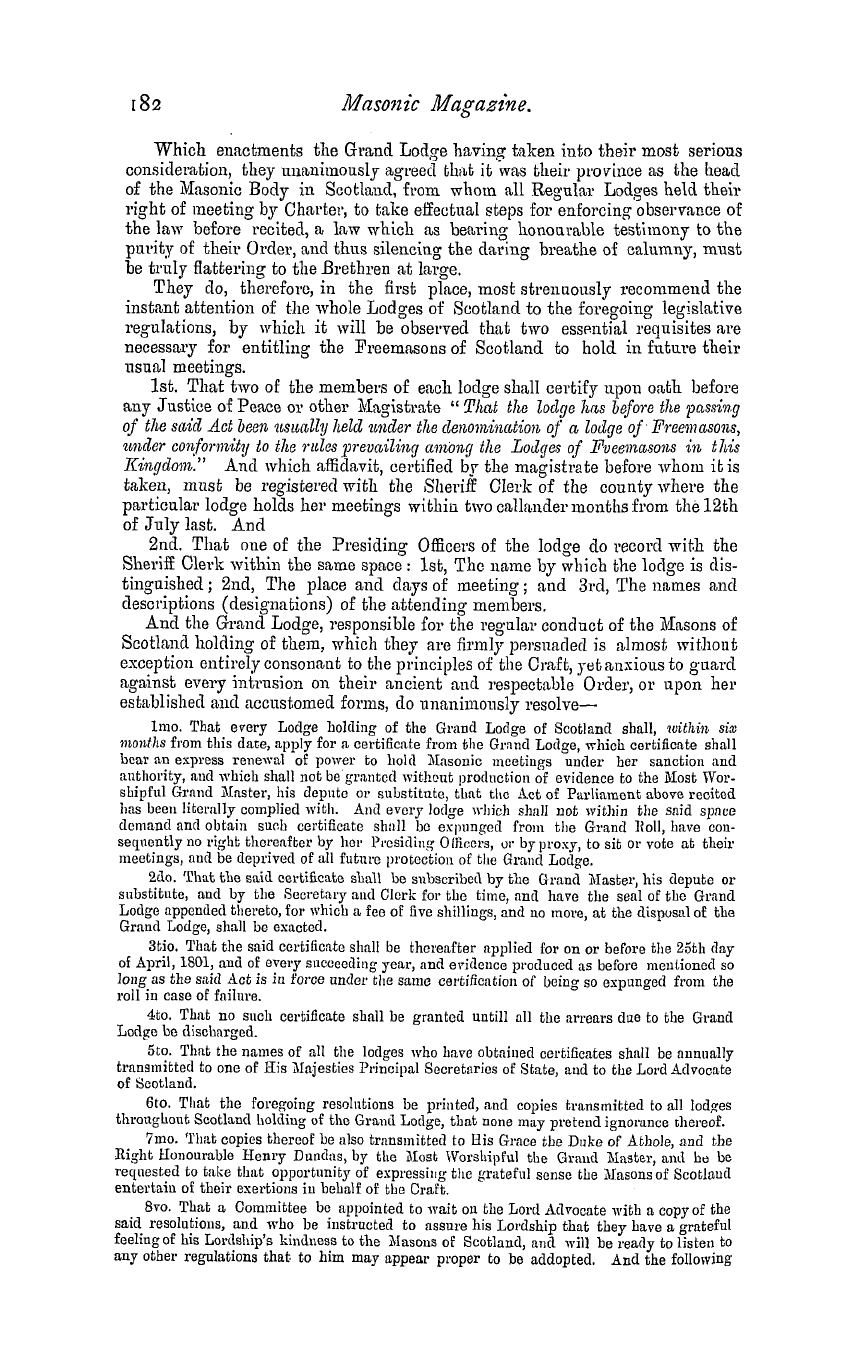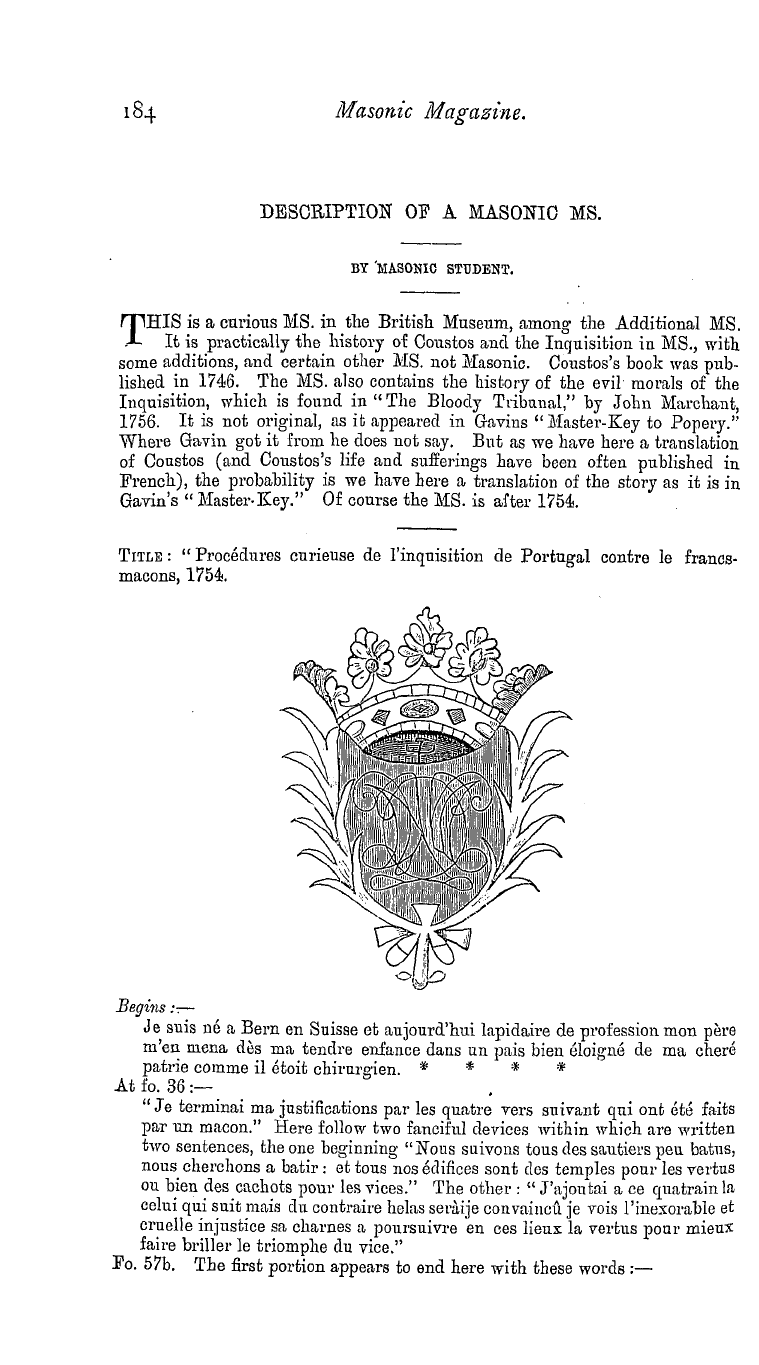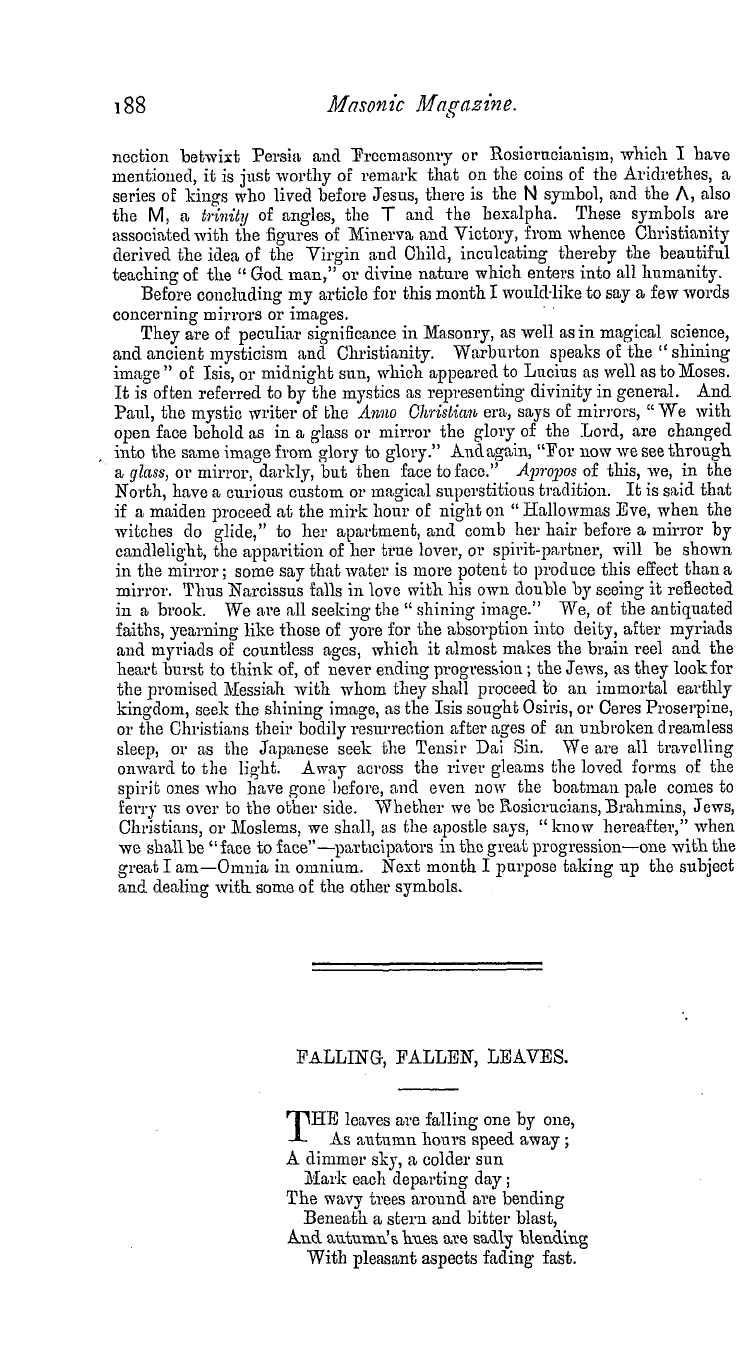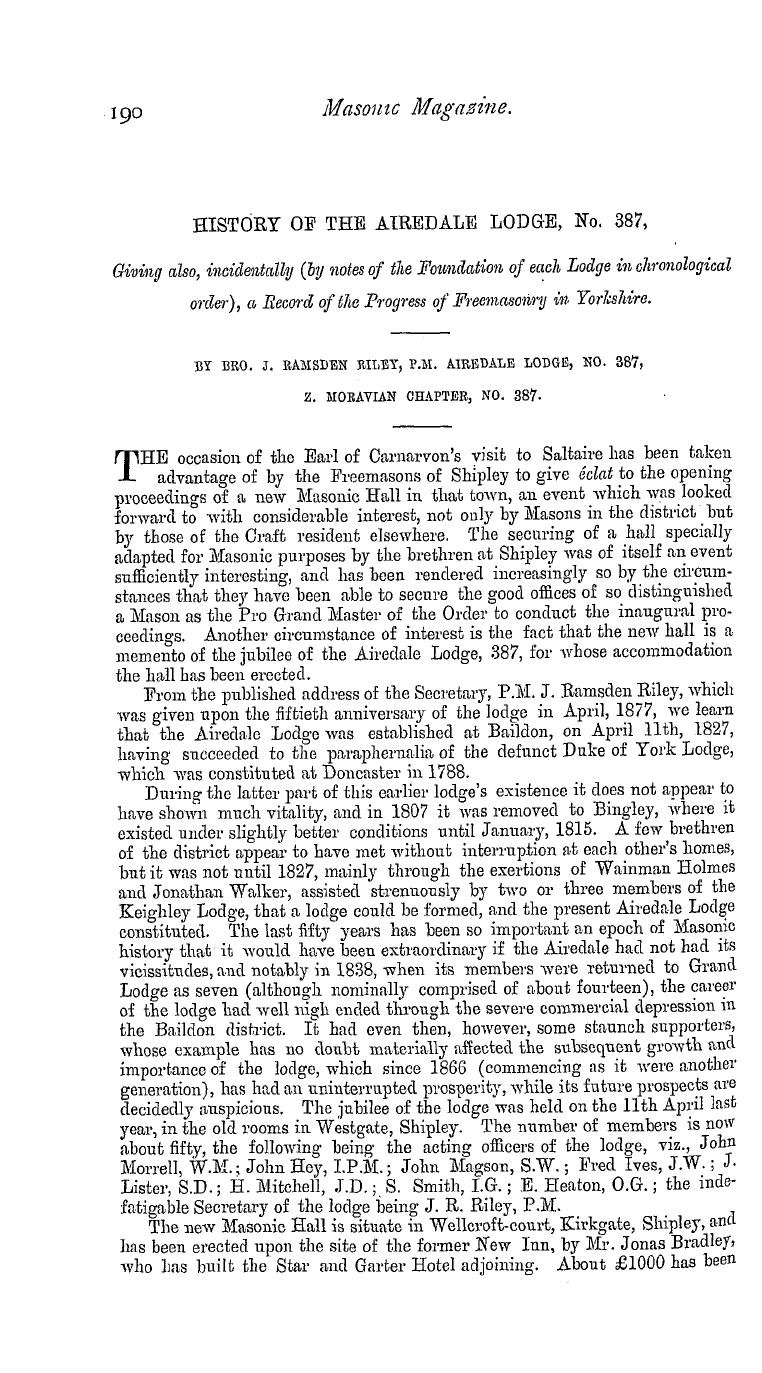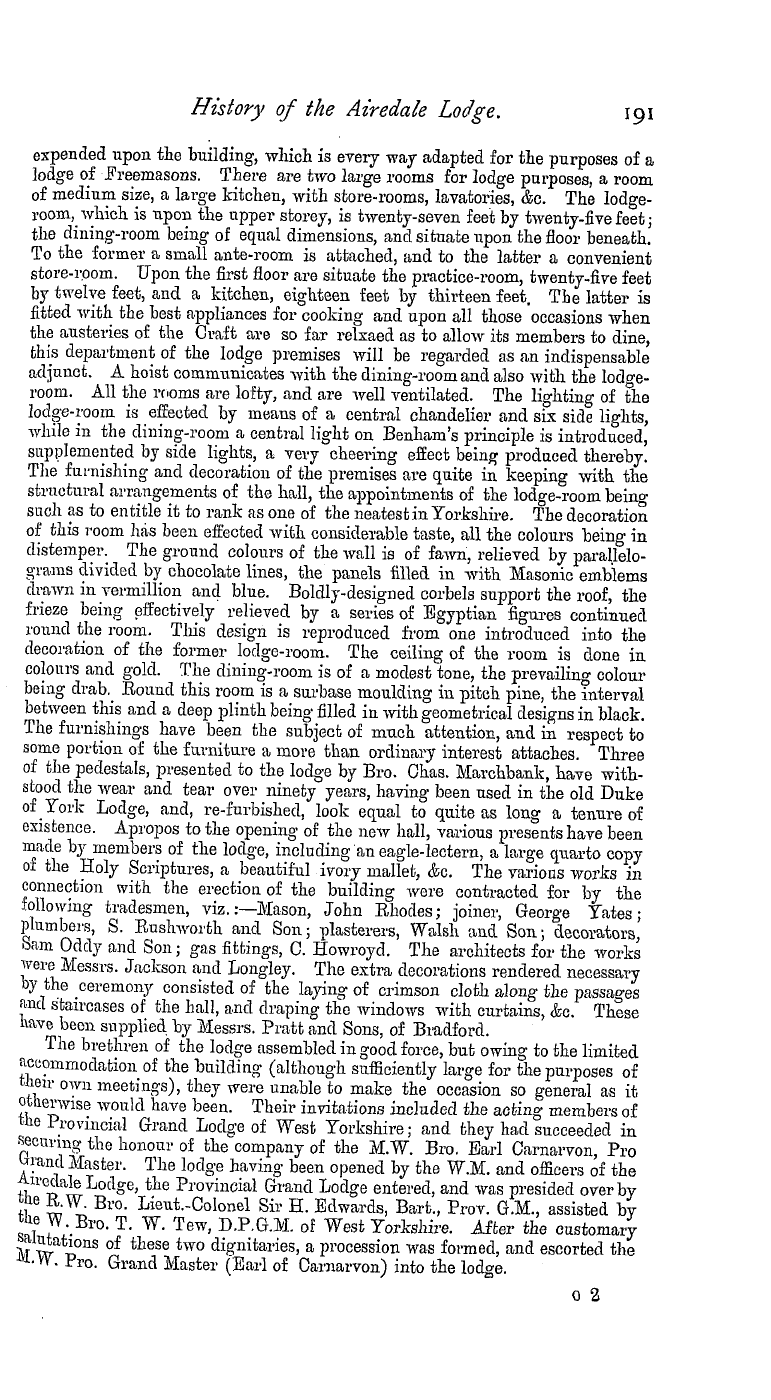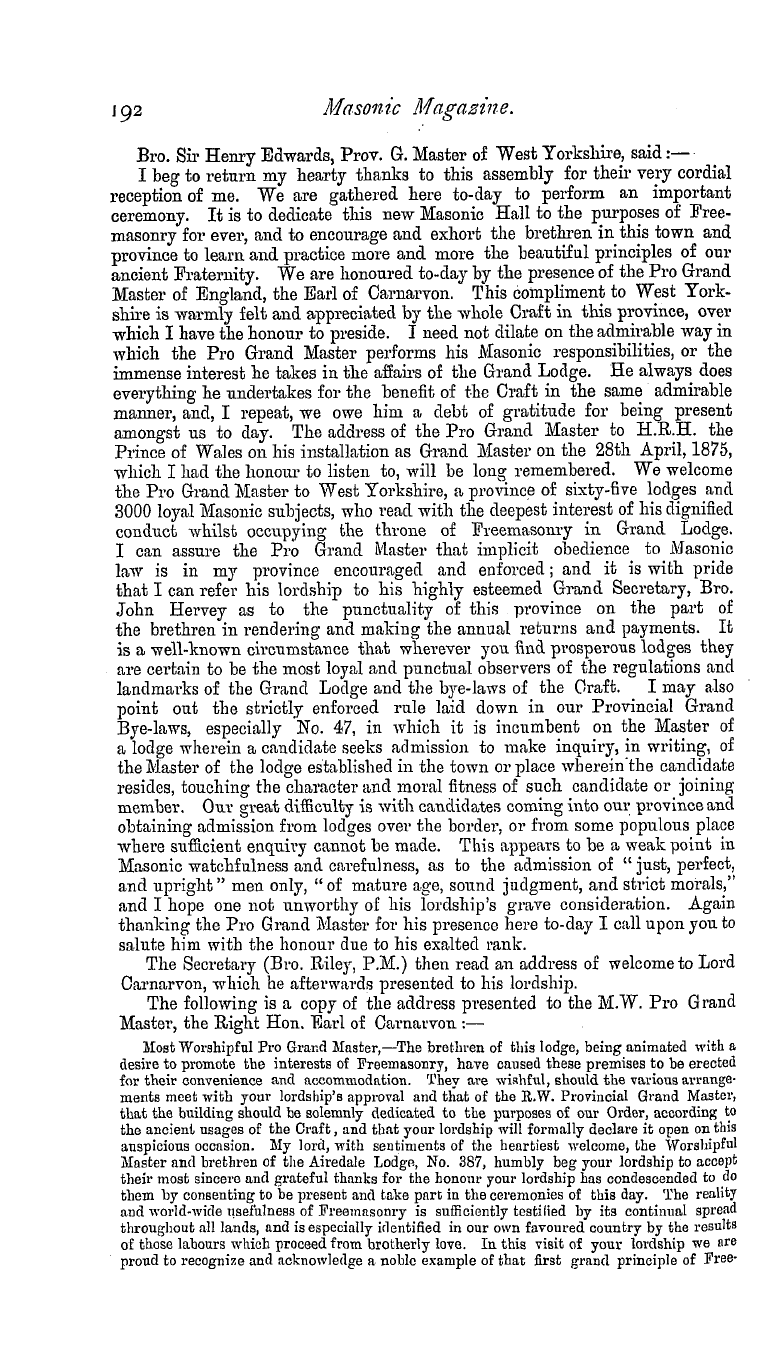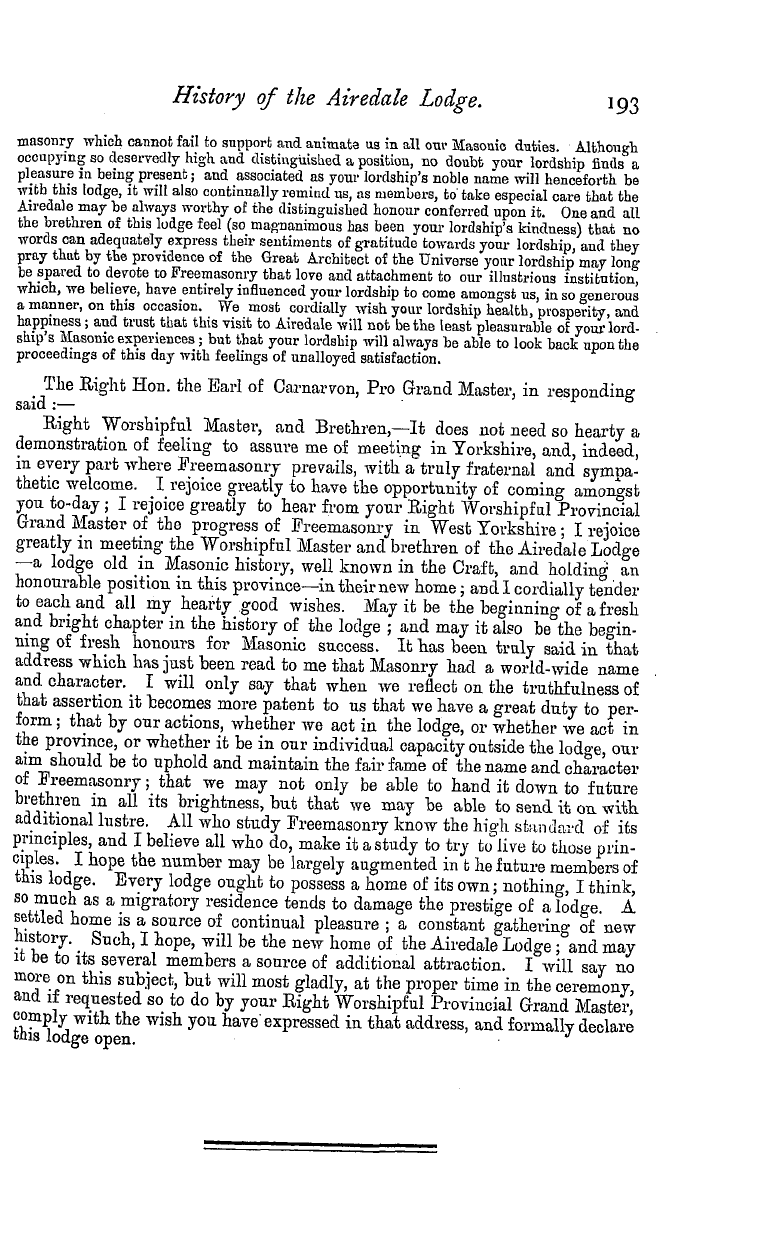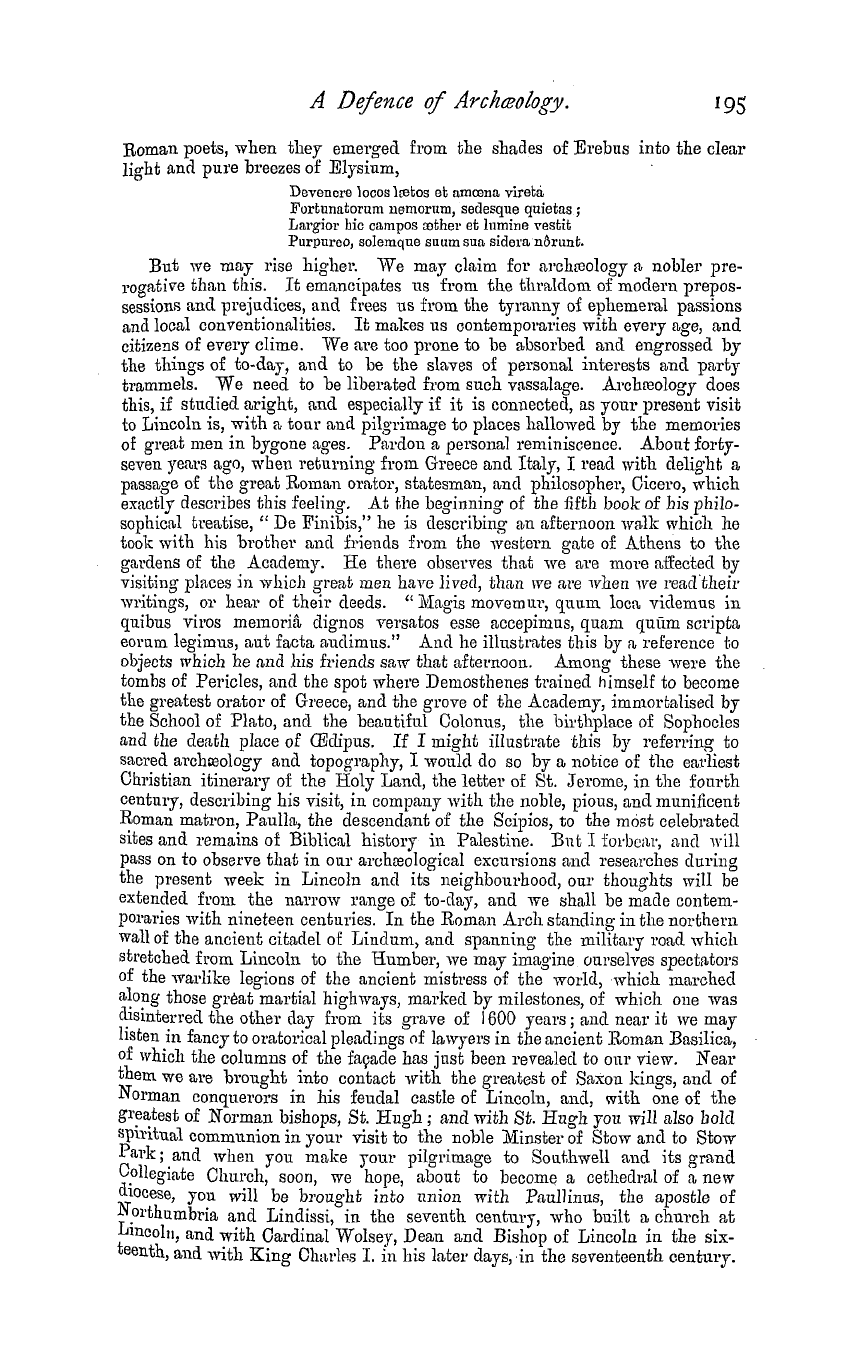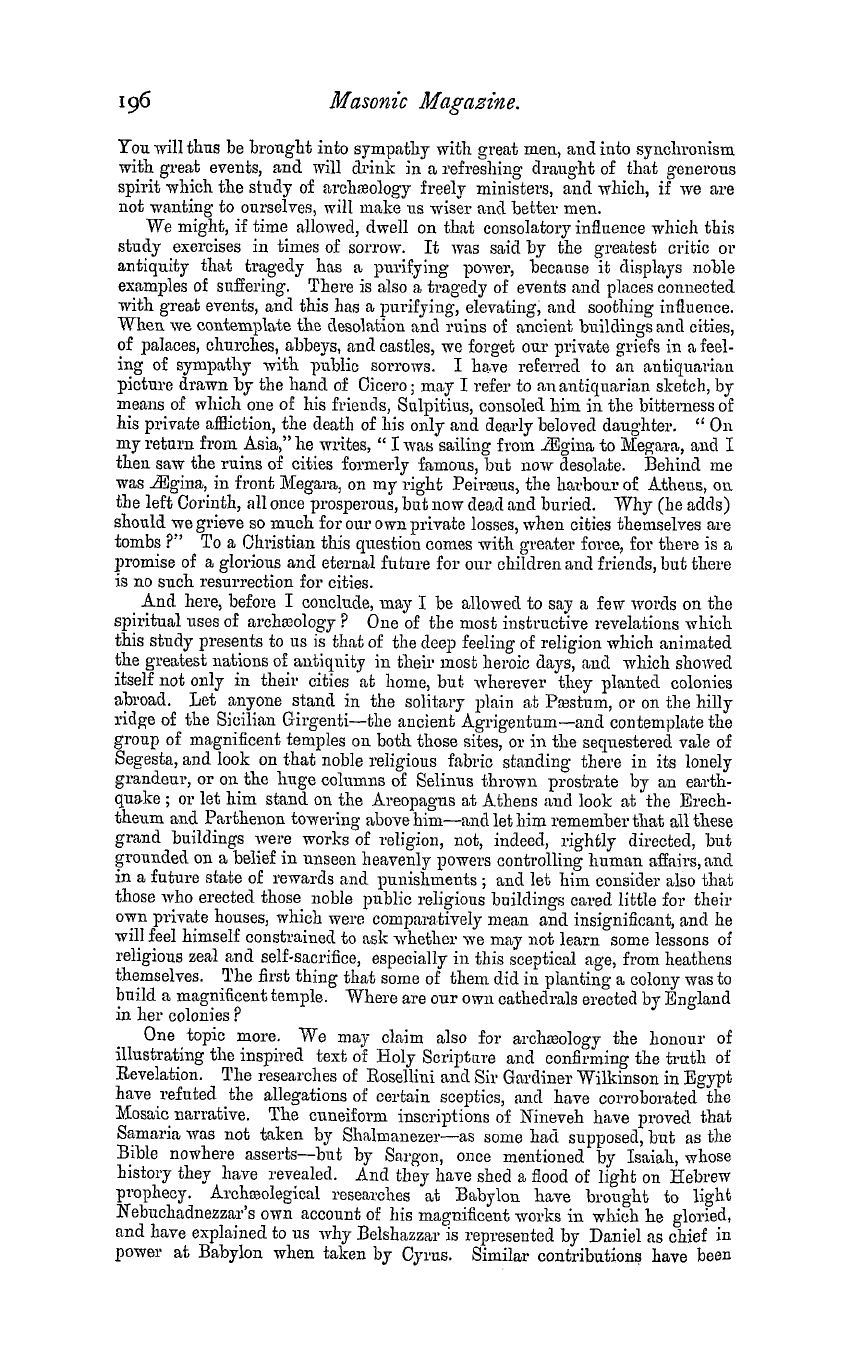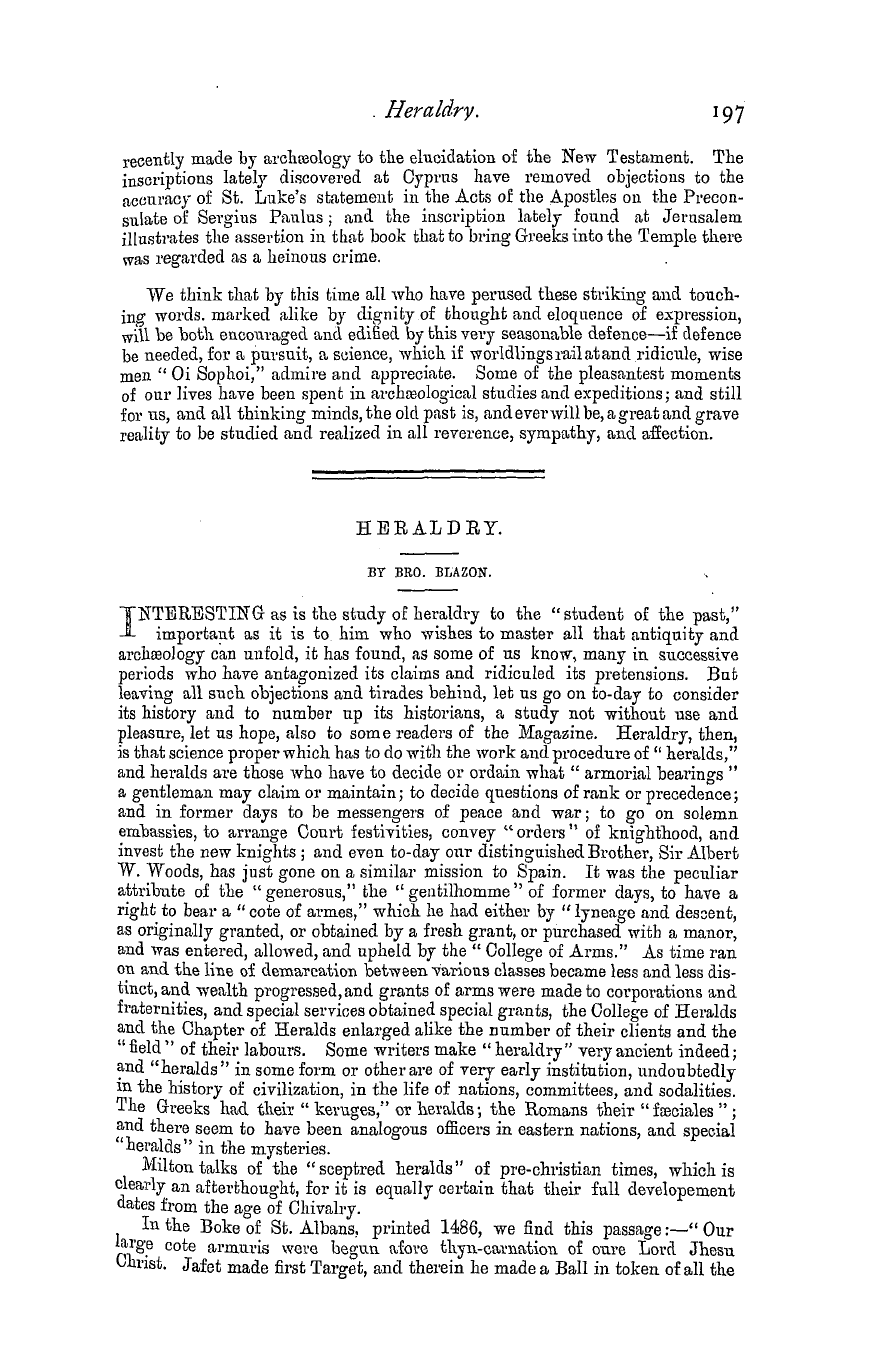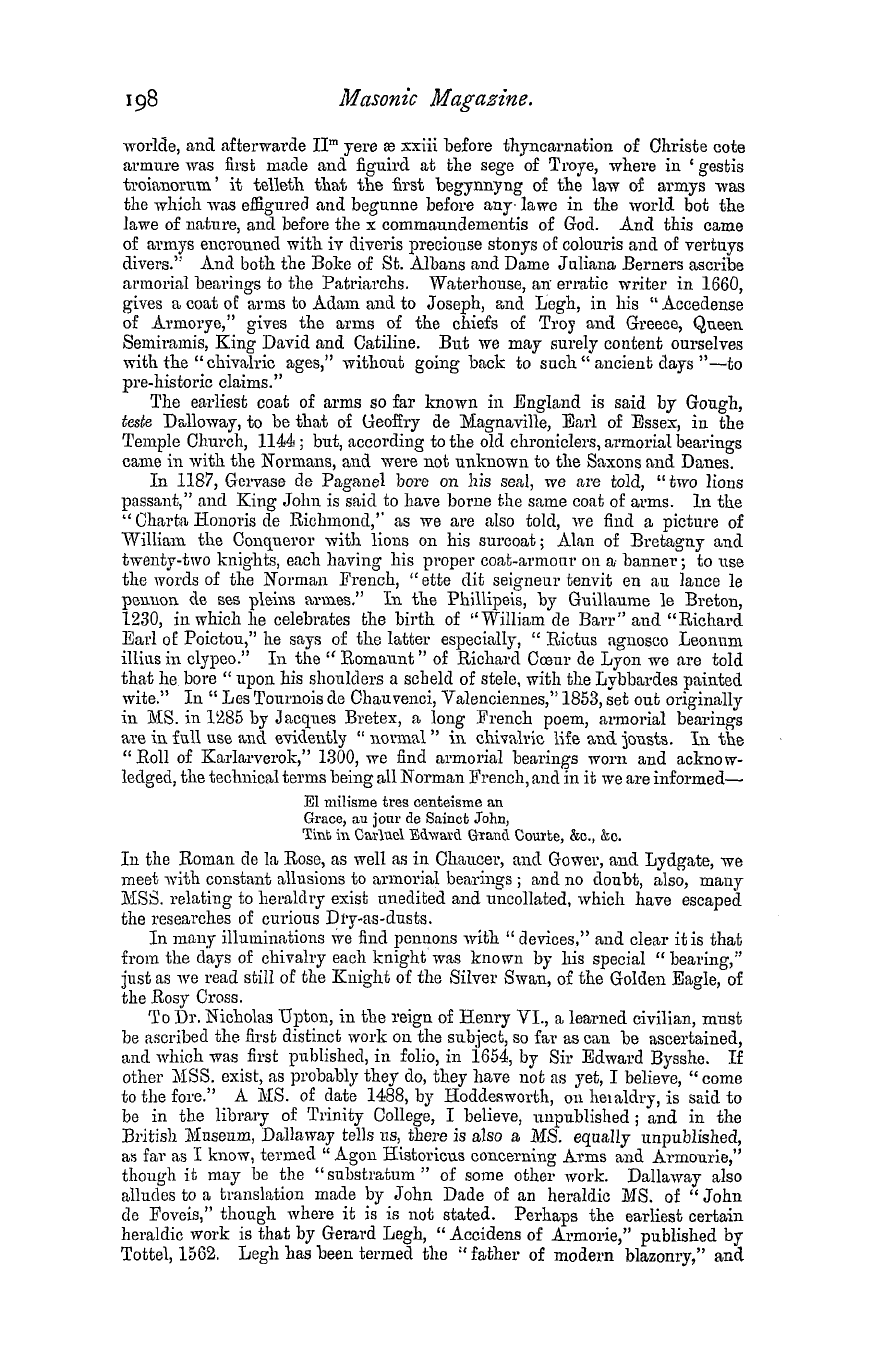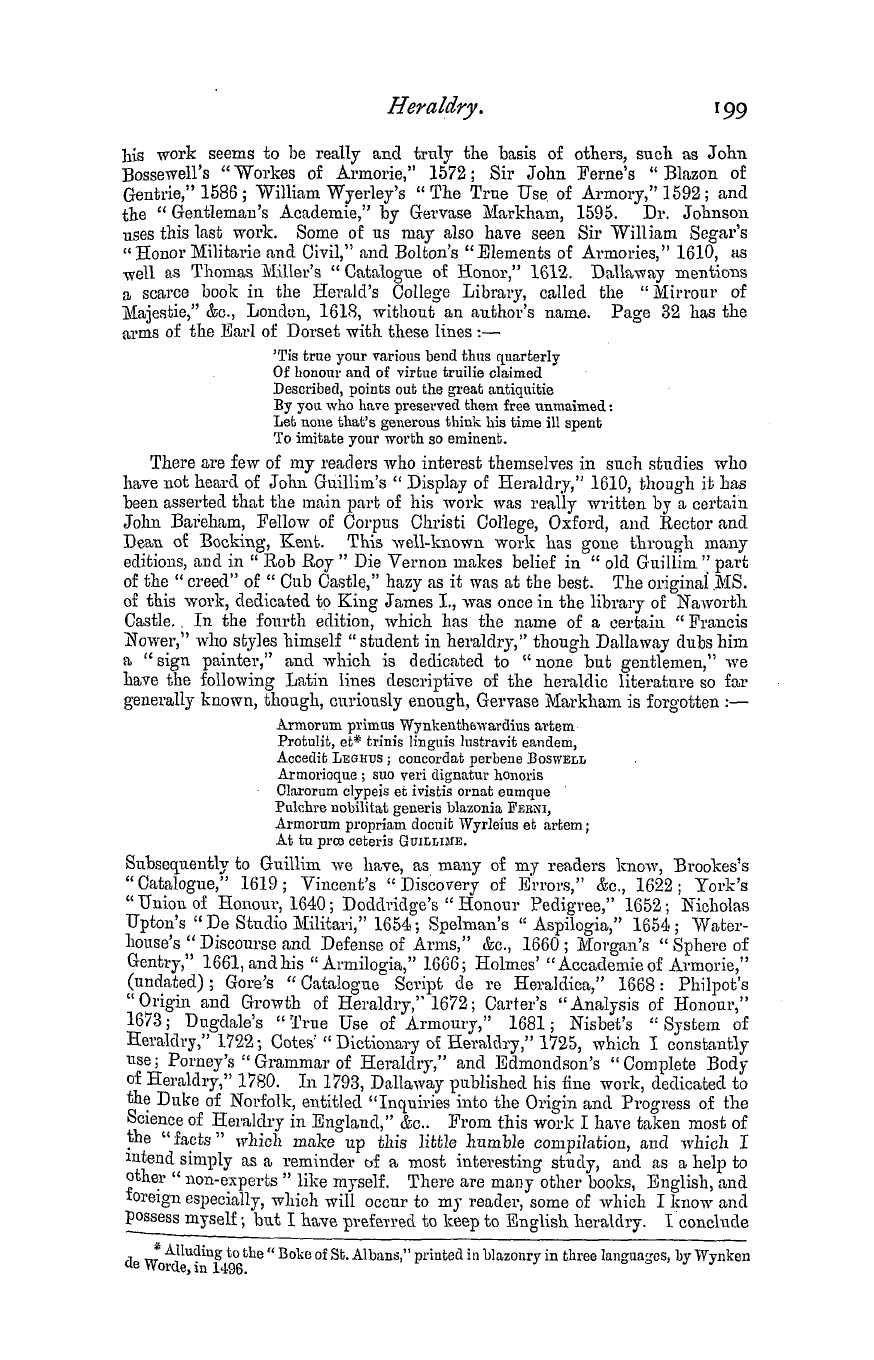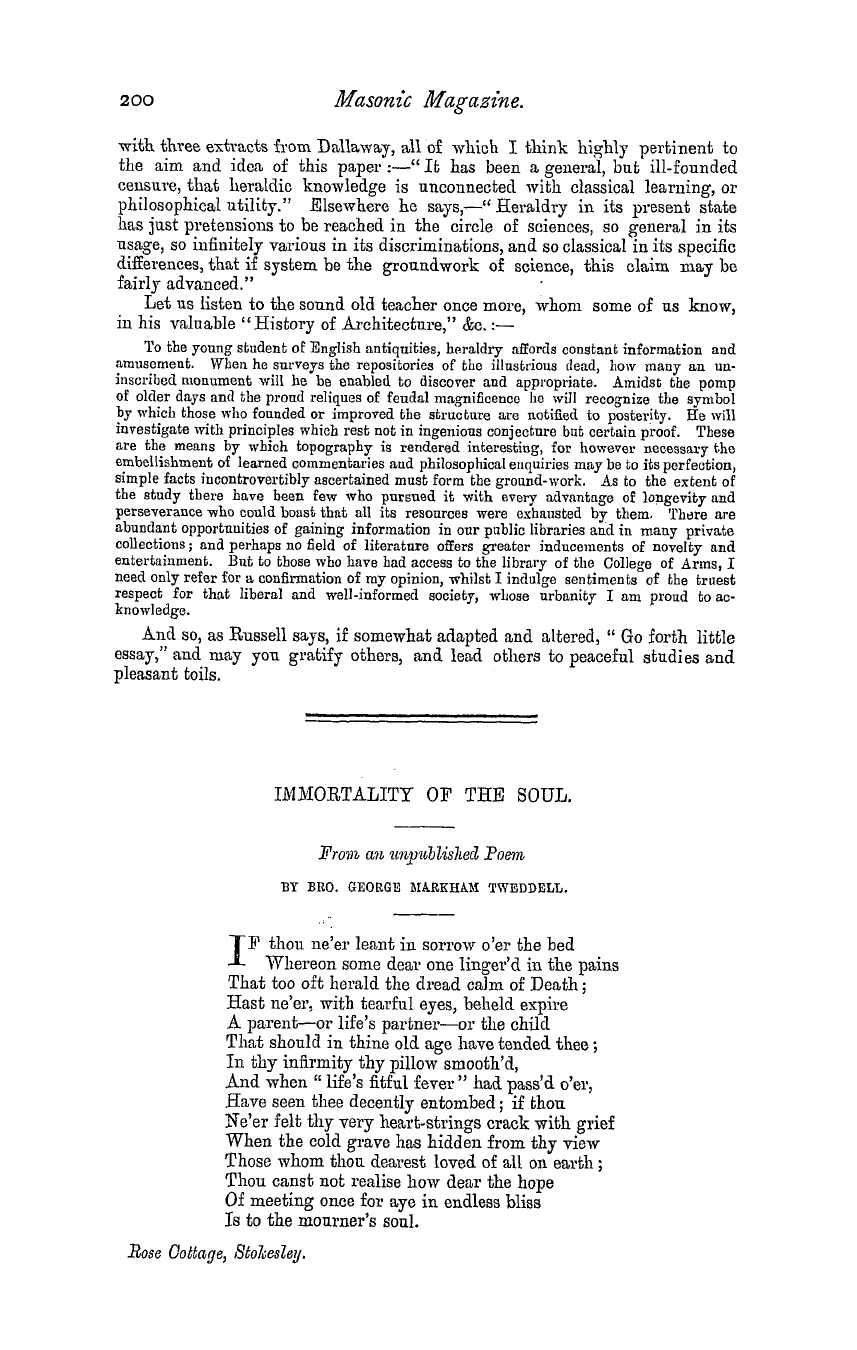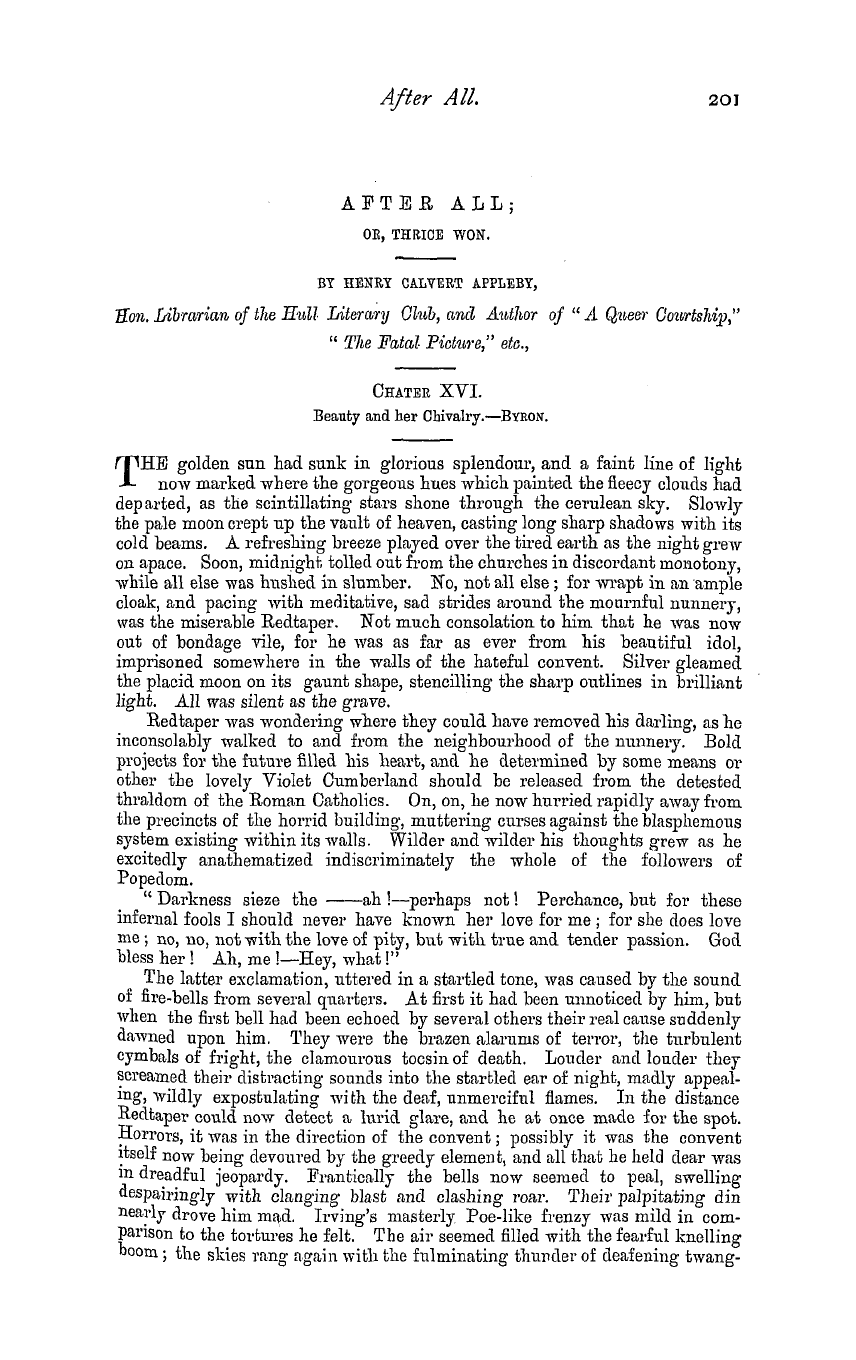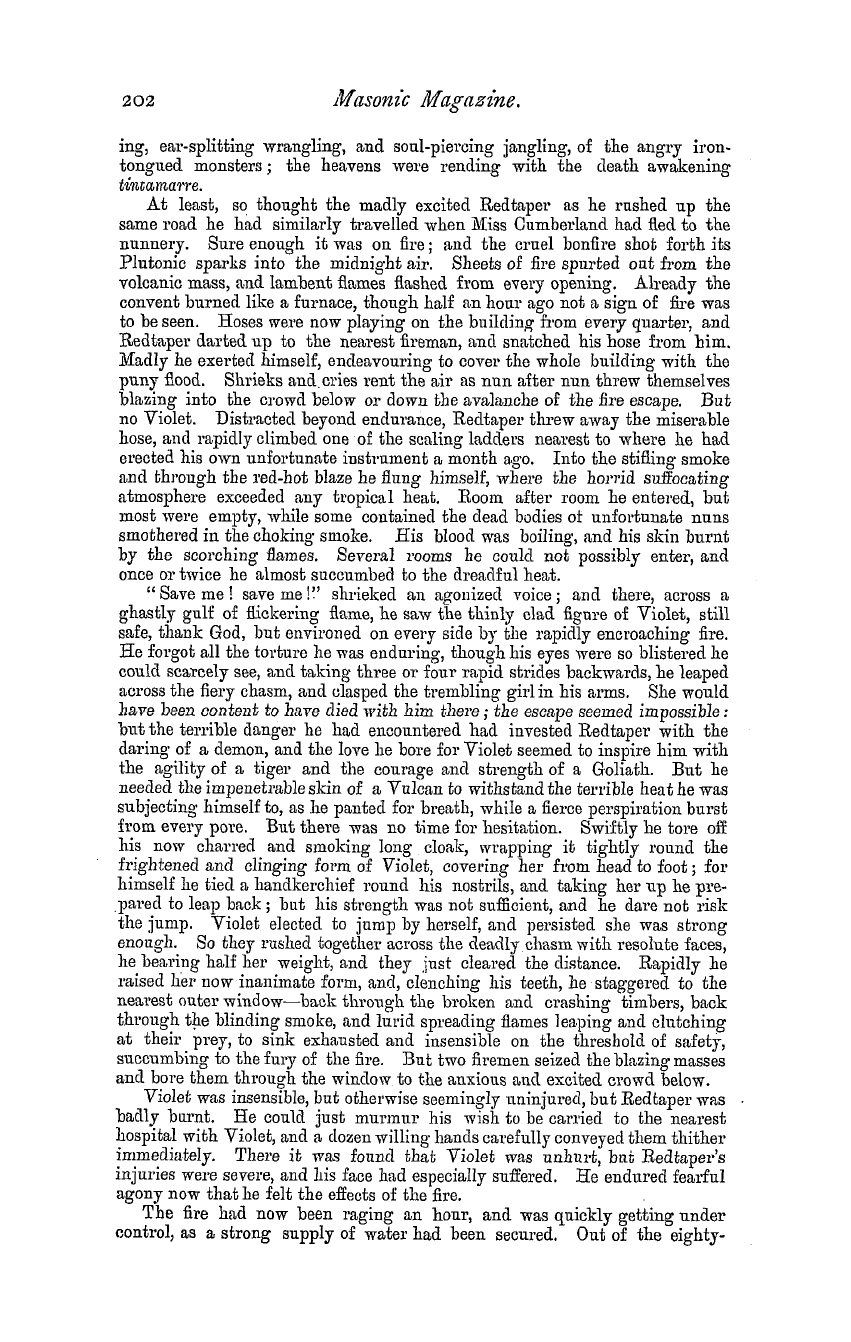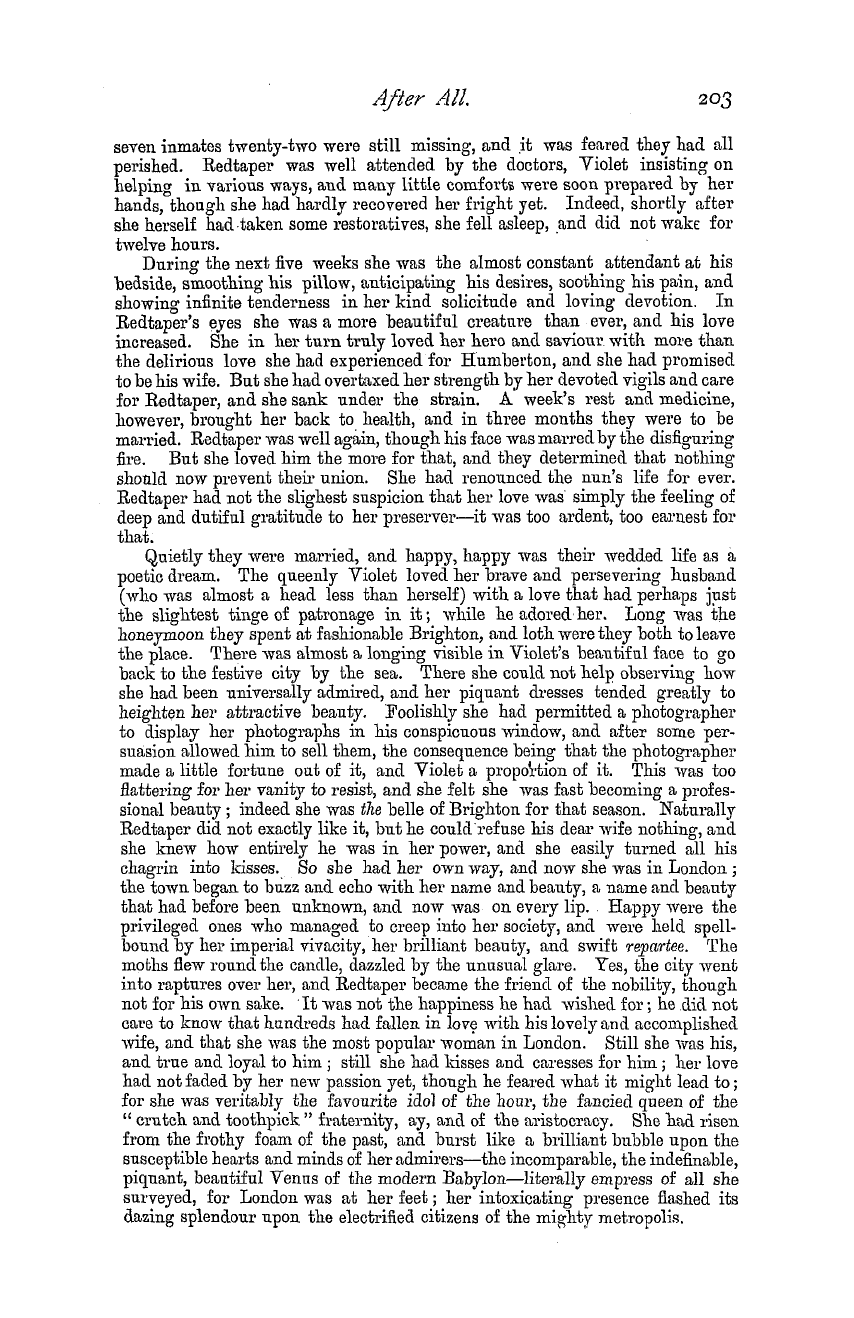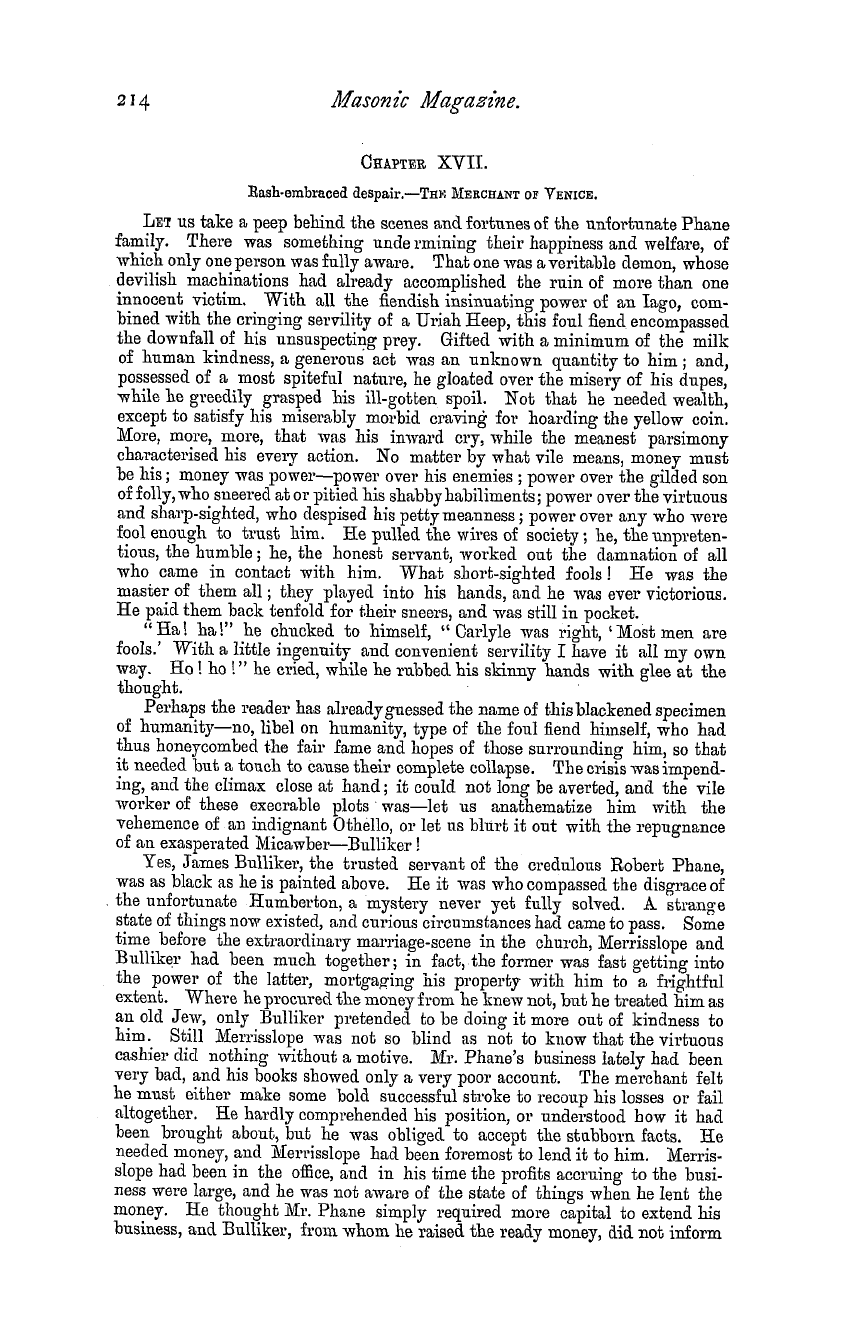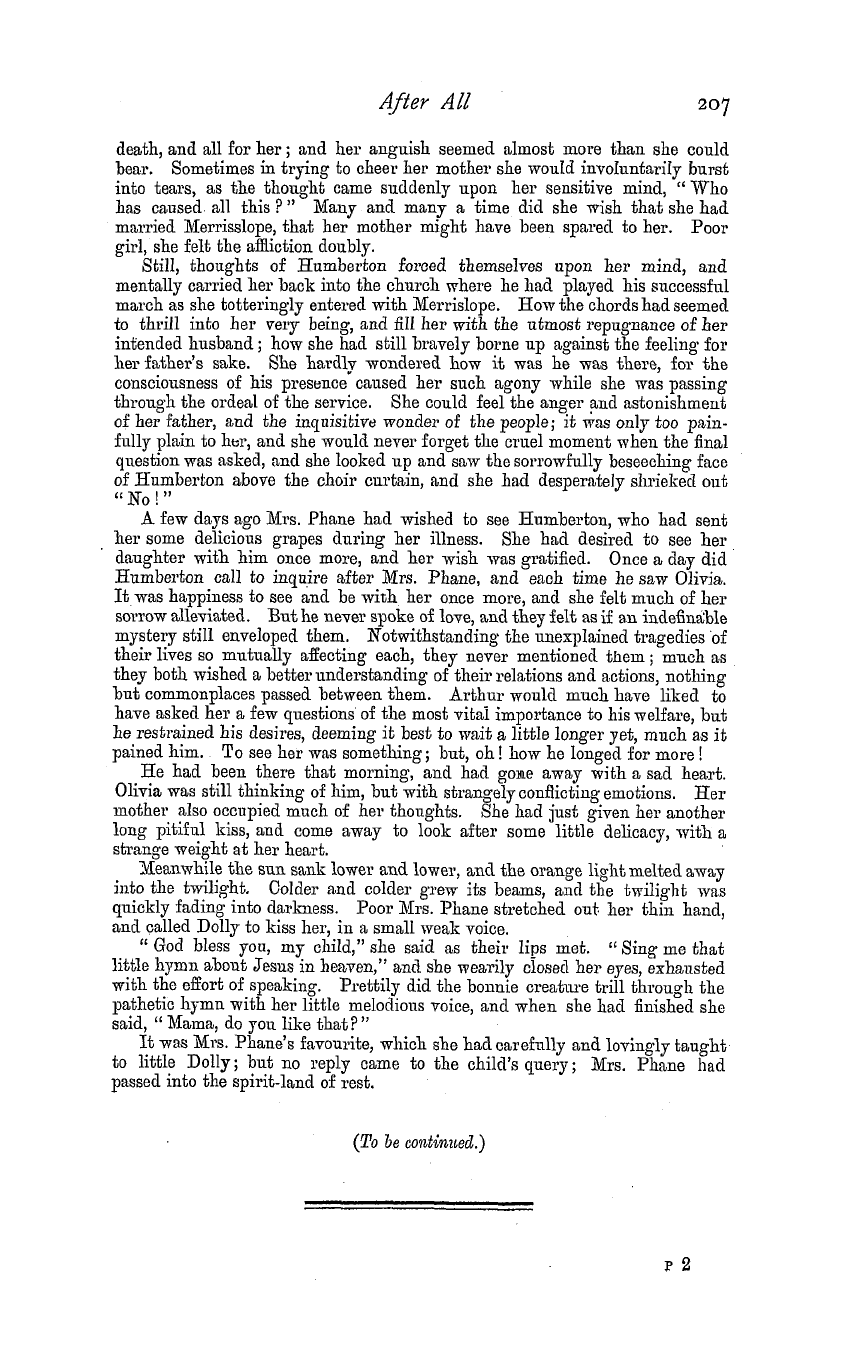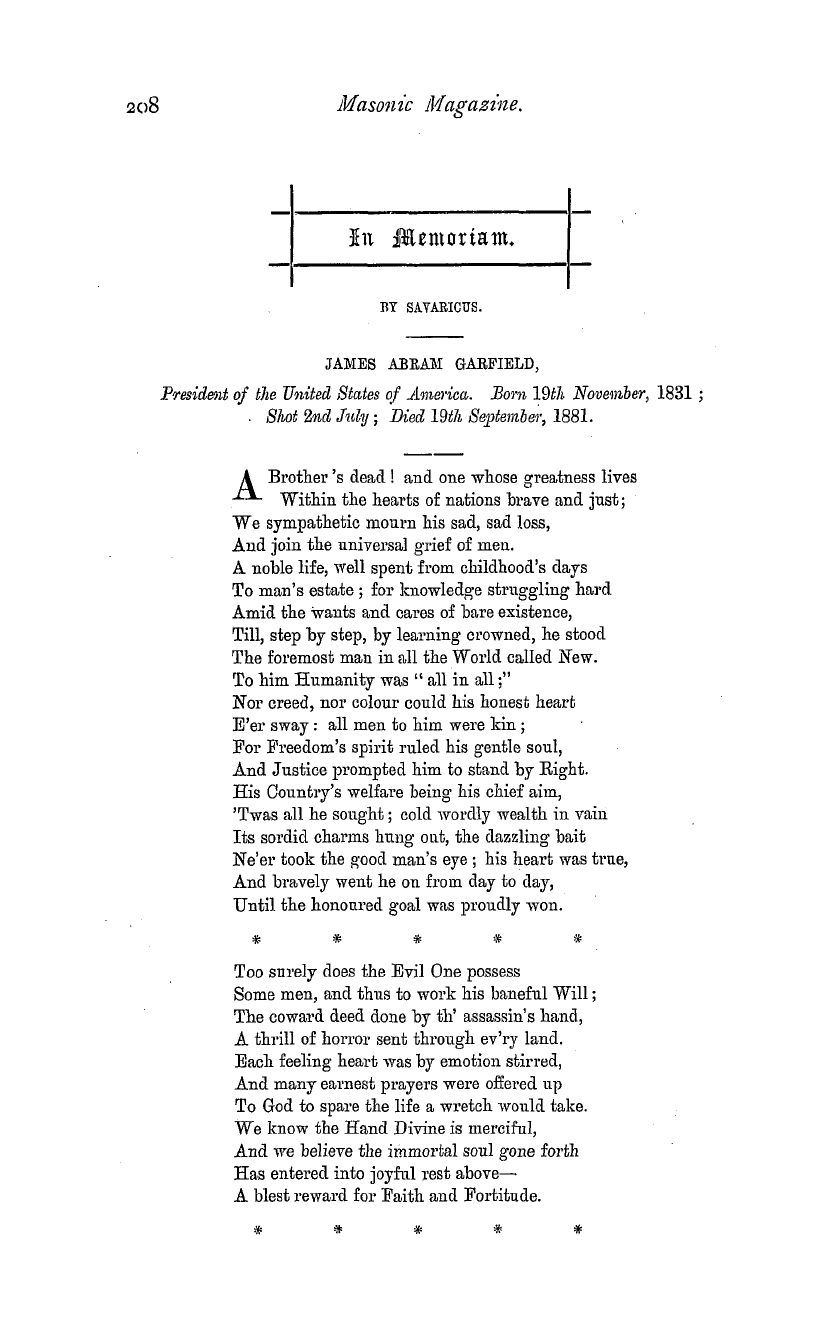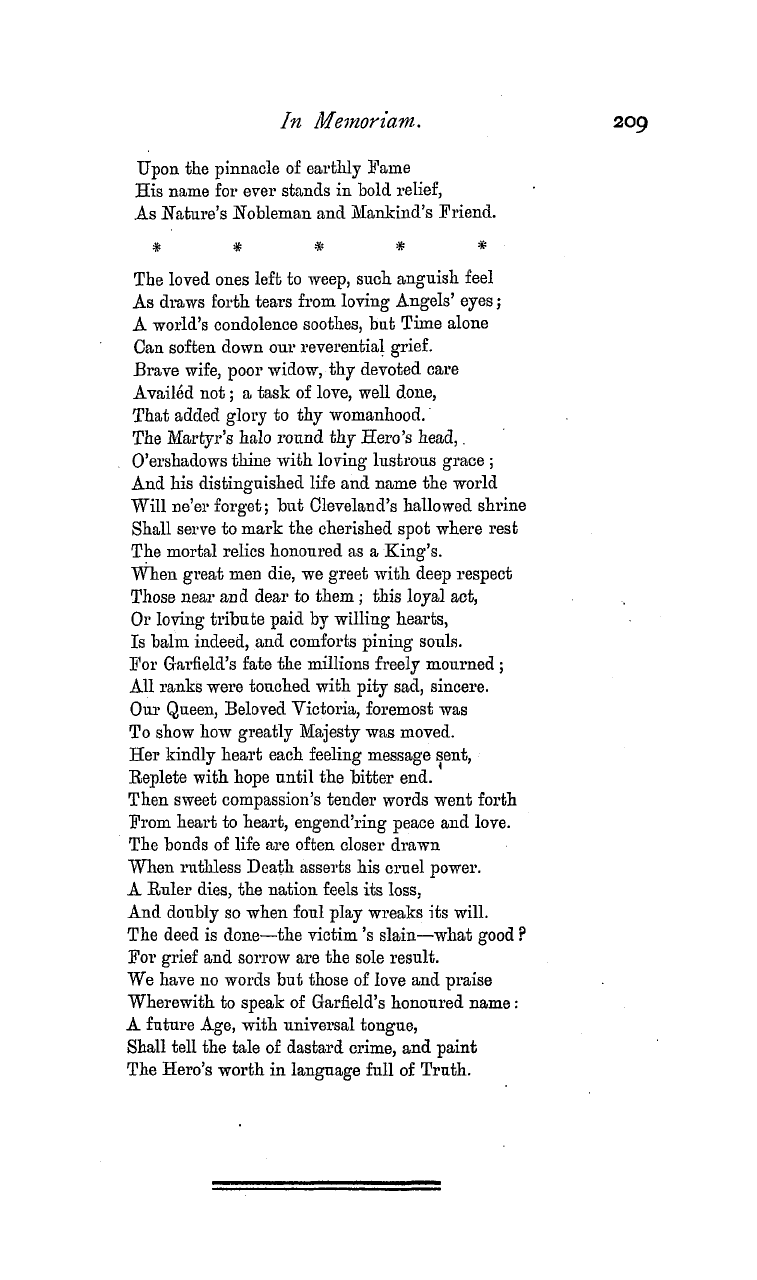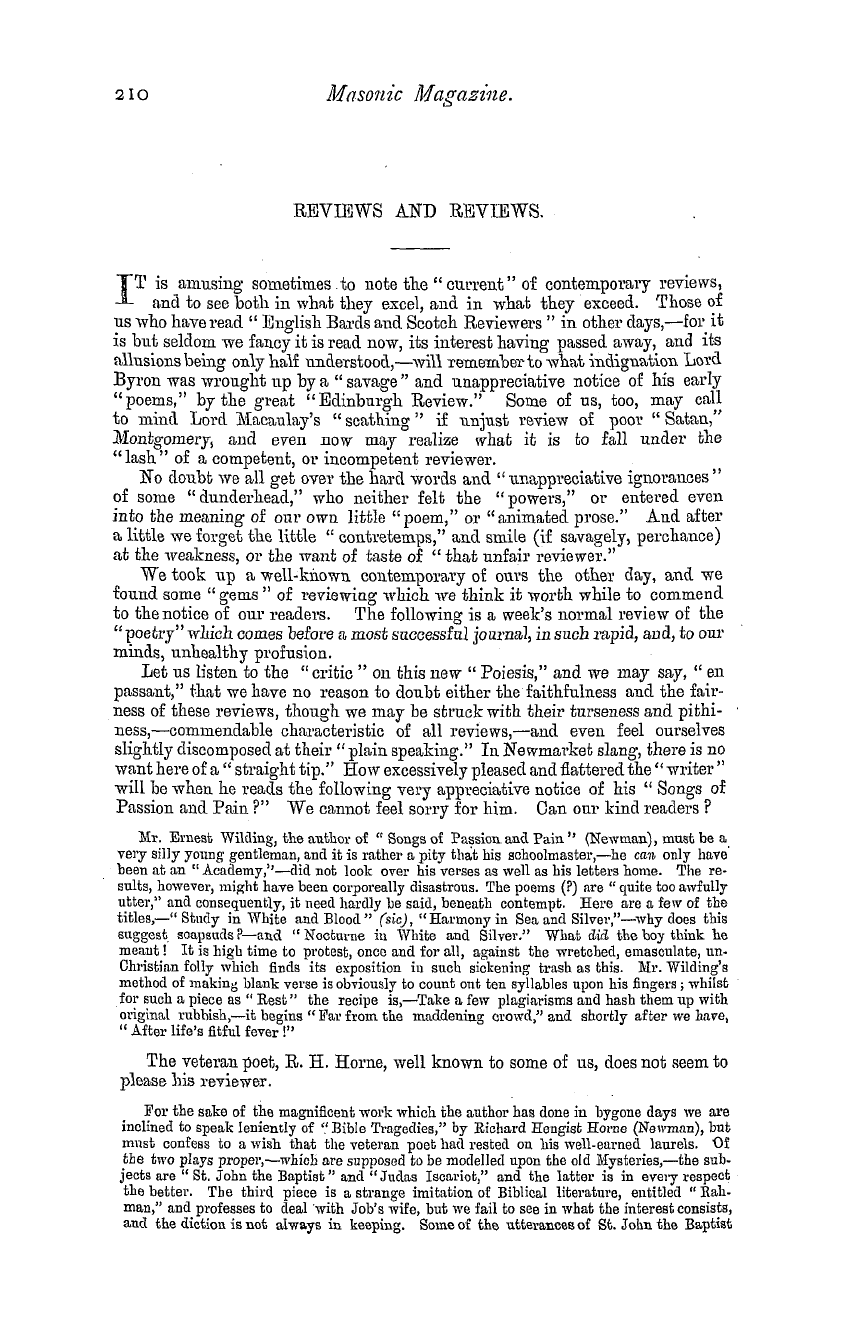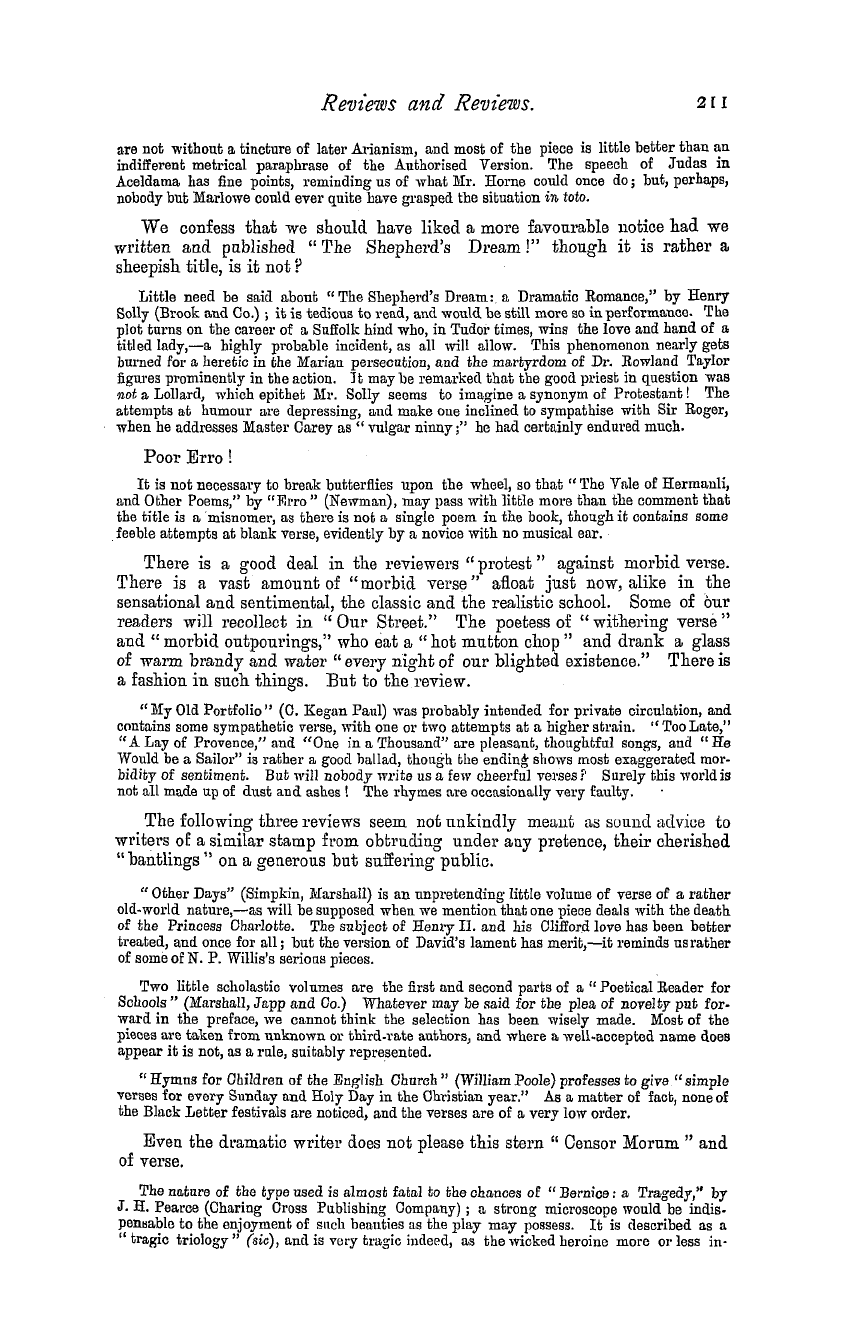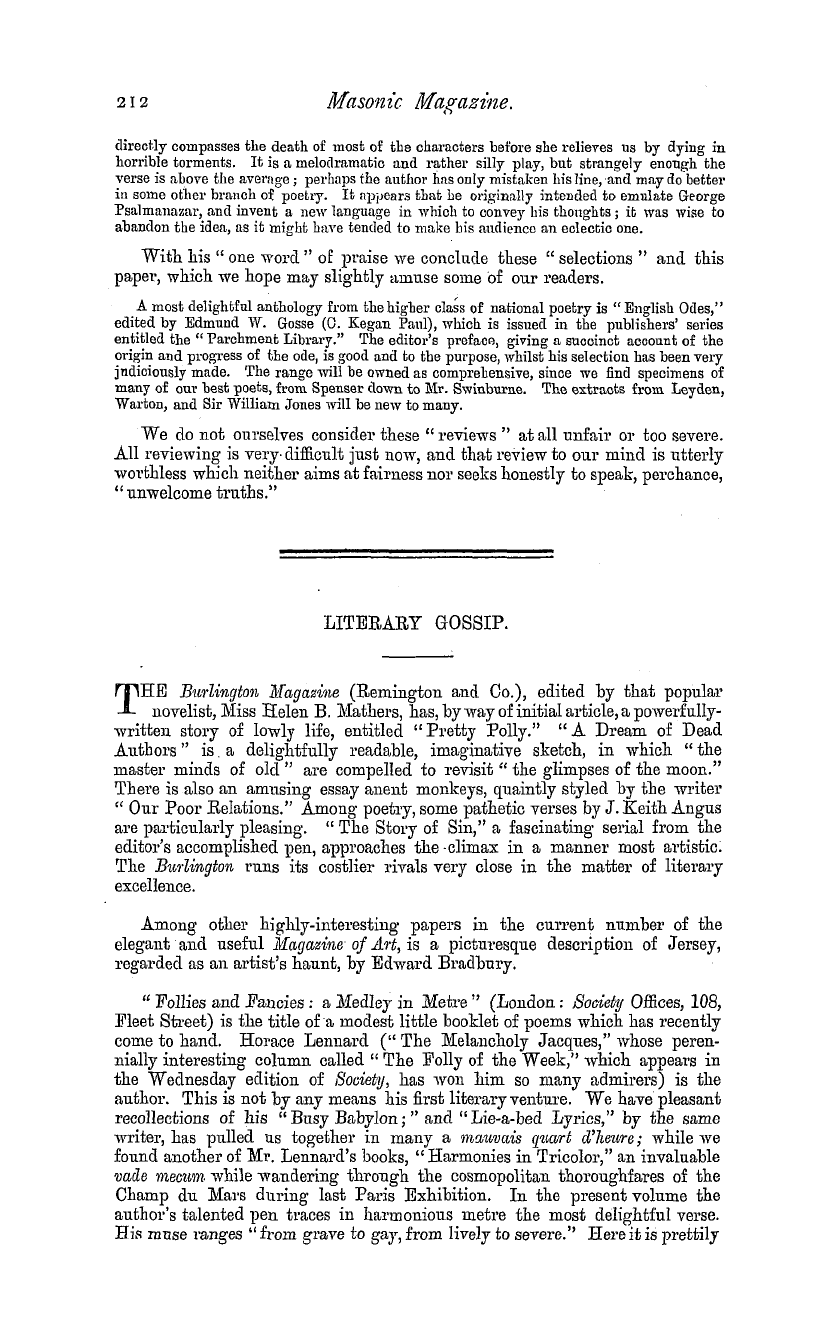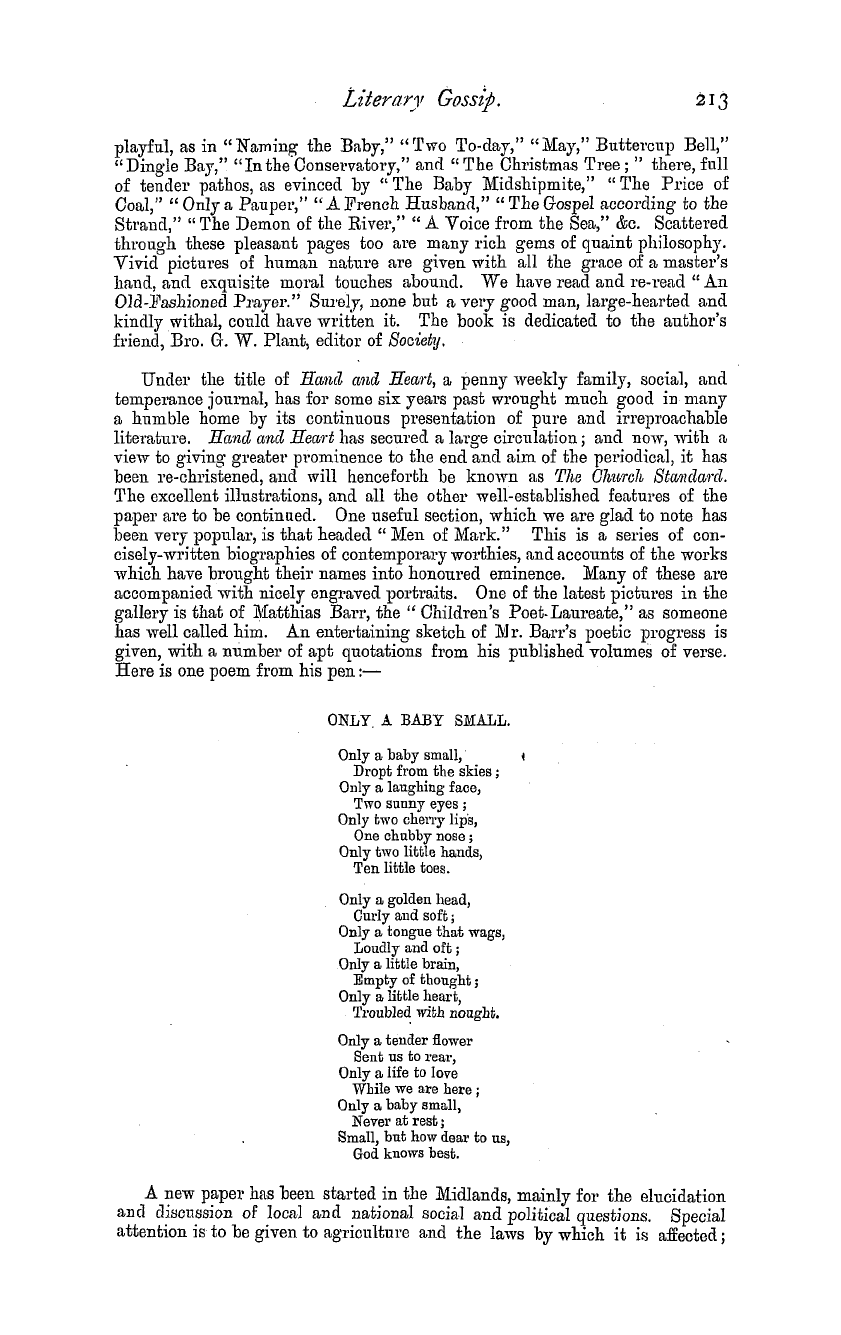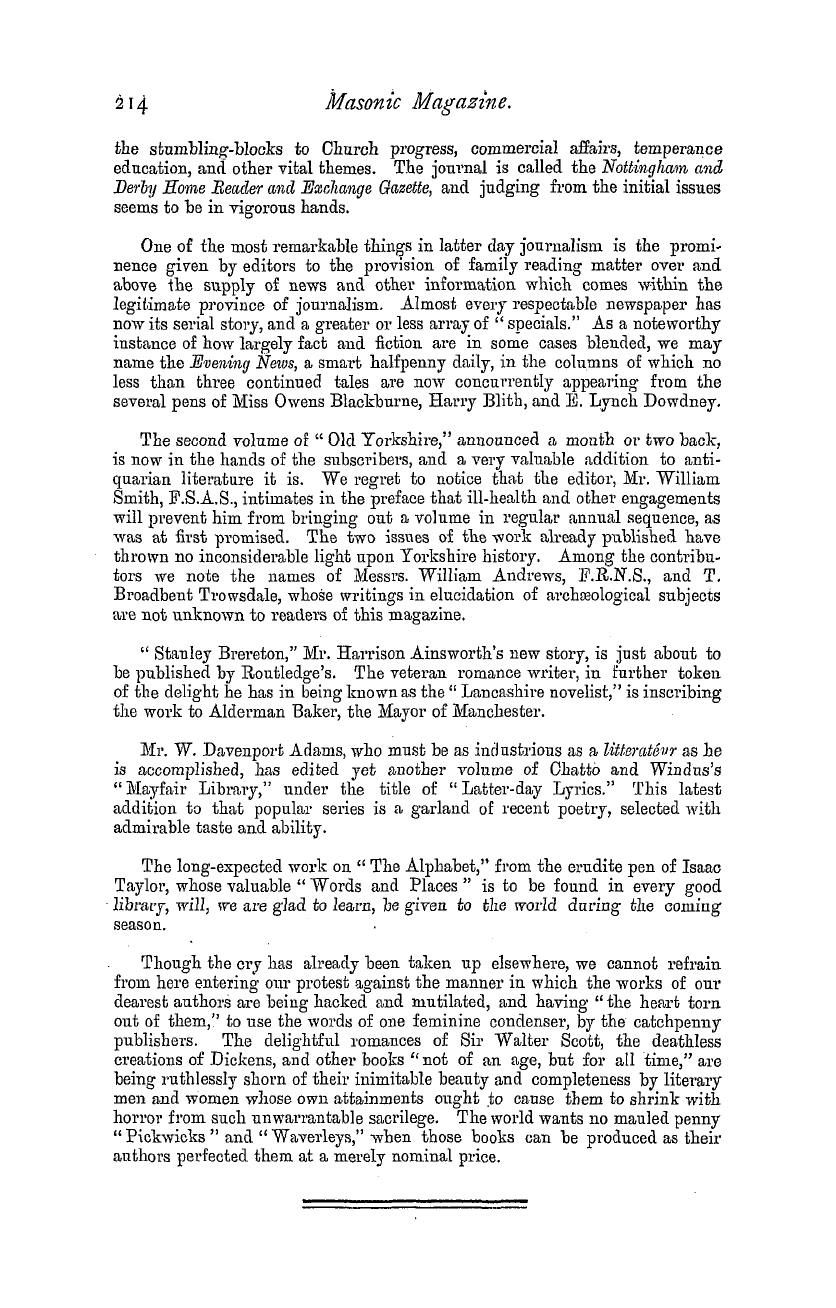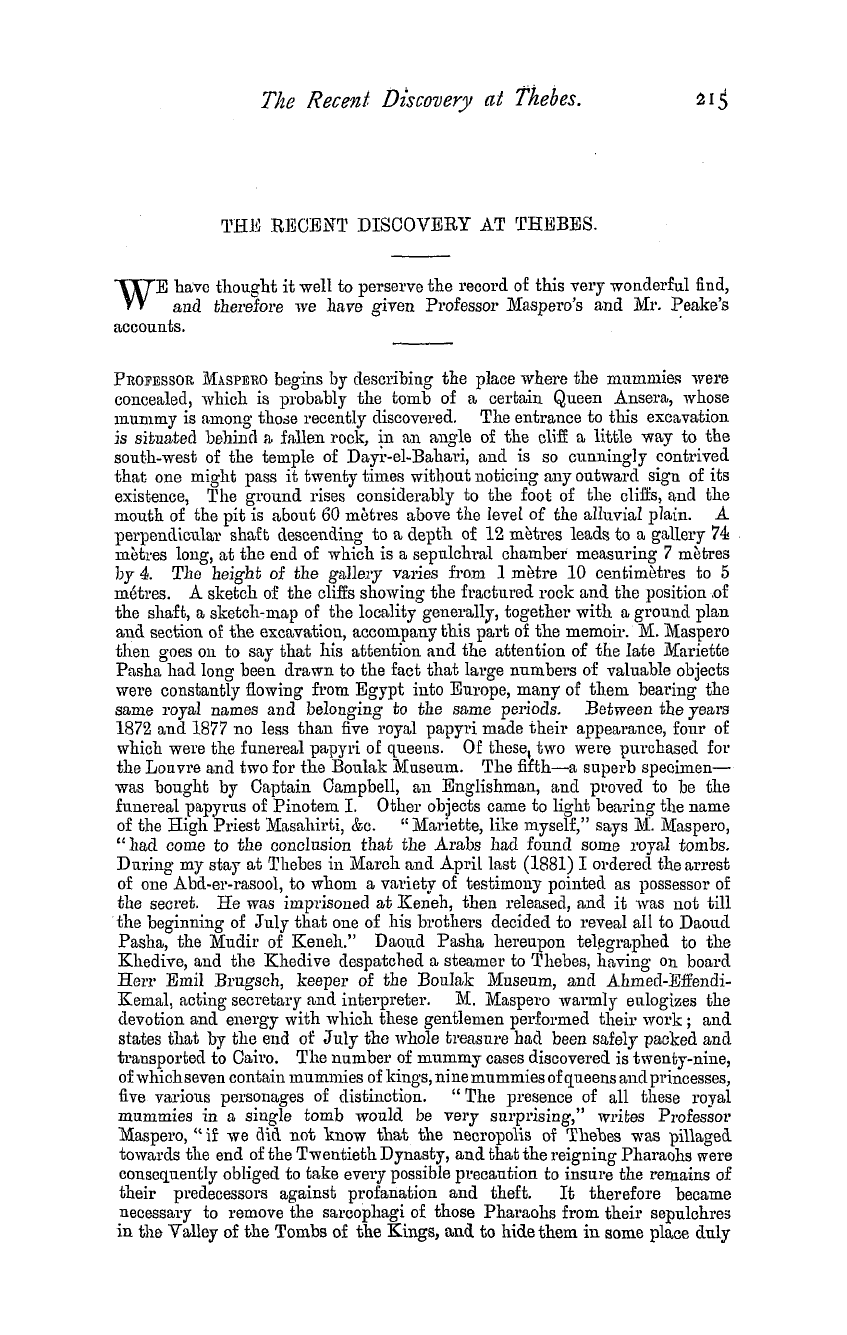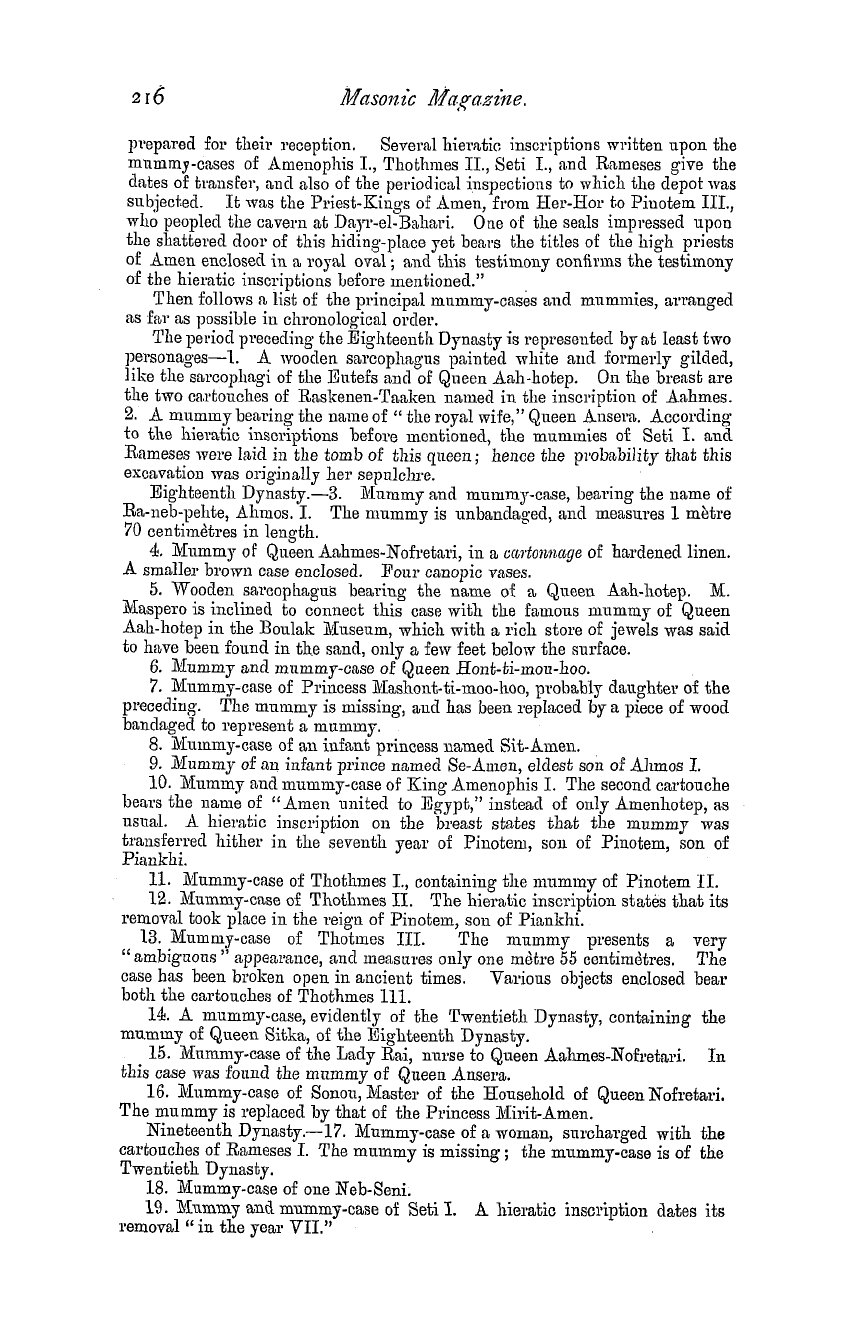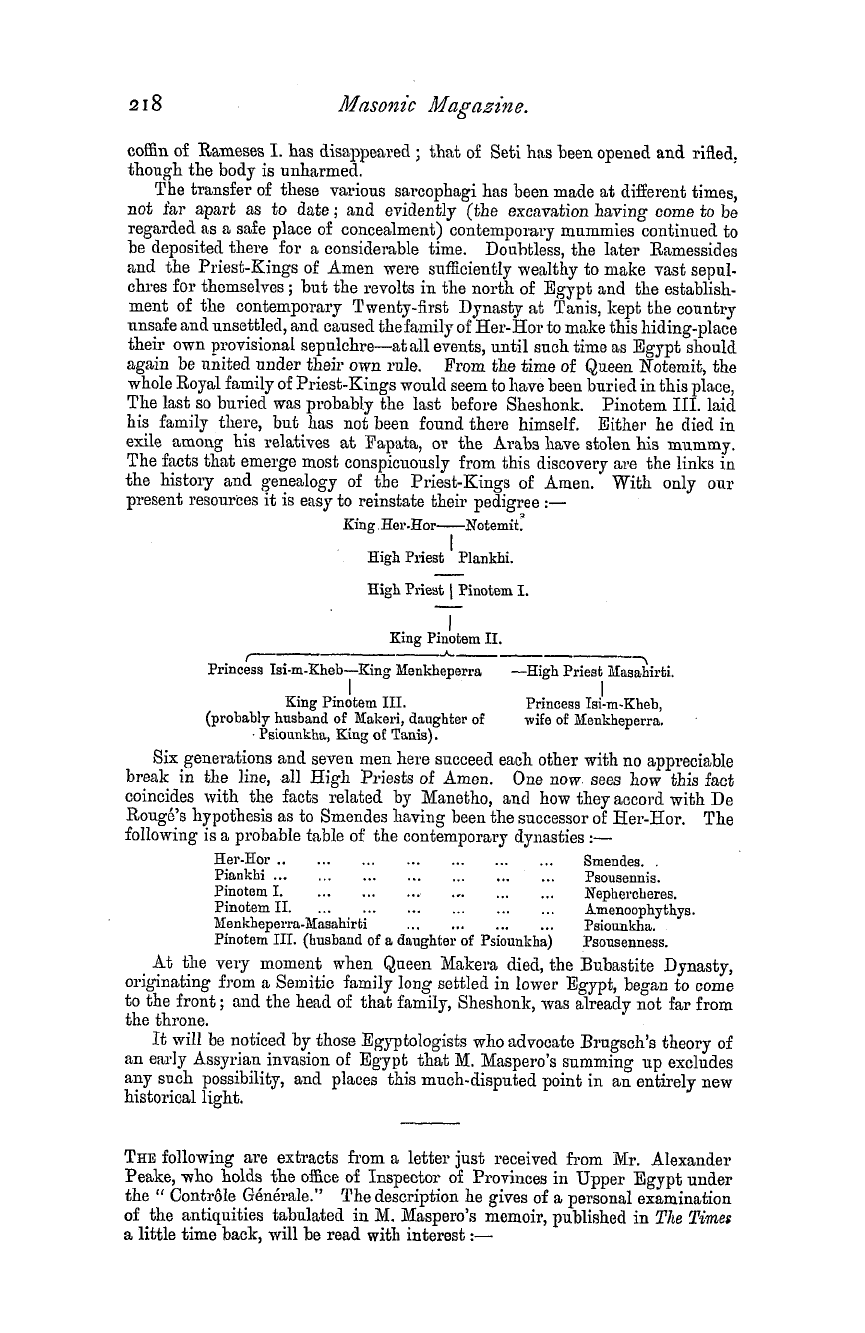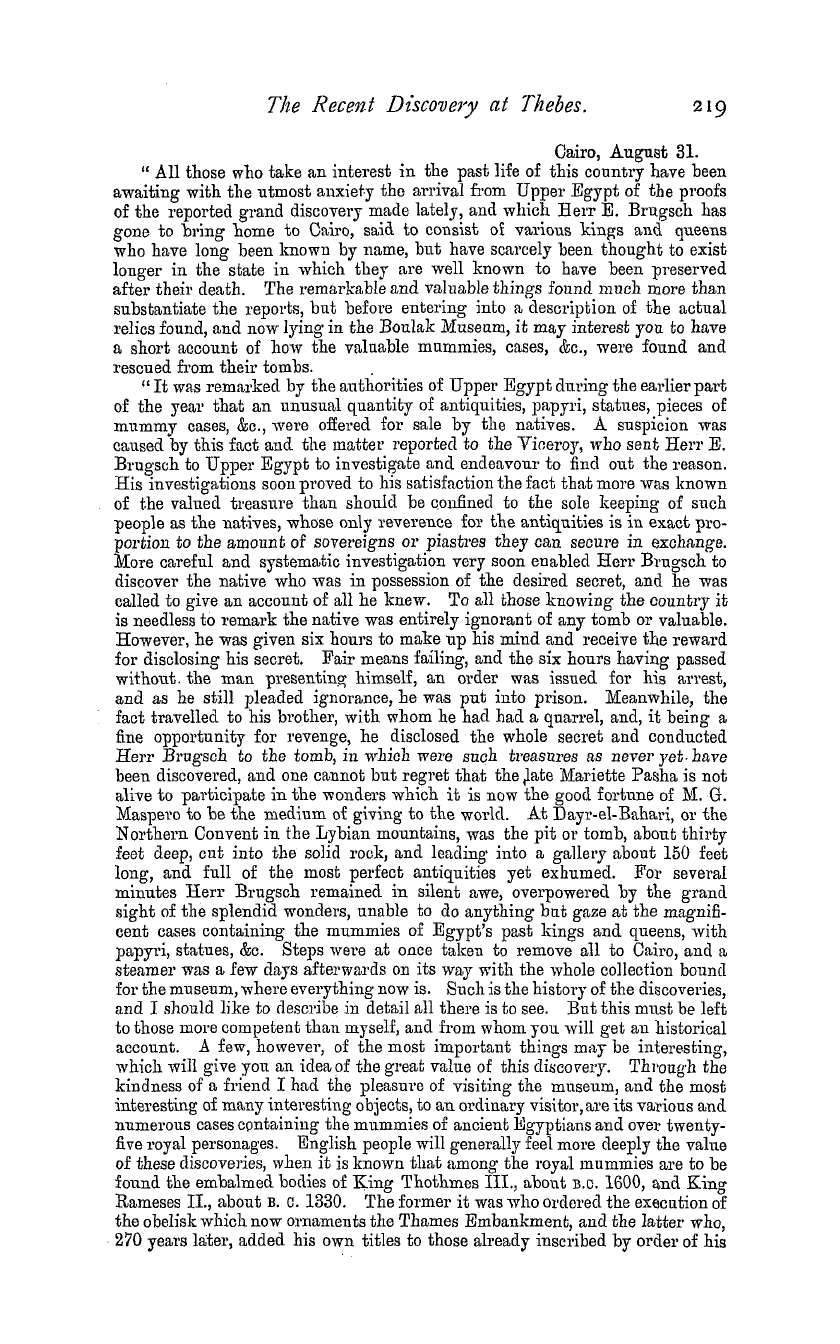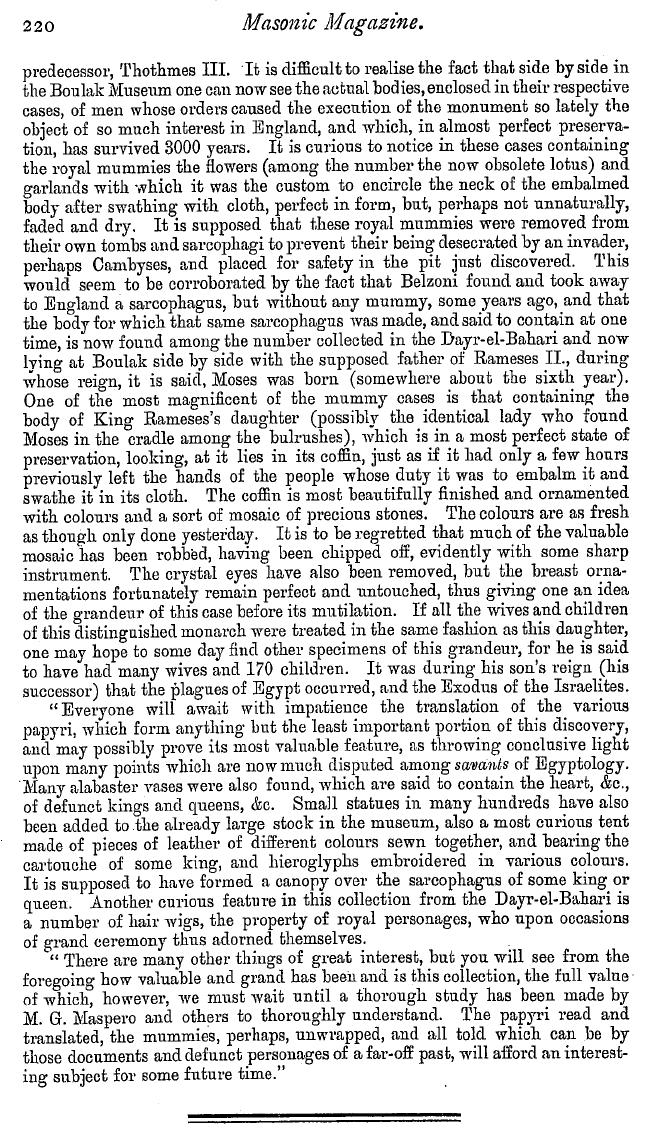Note: This text has been automatically extracted via Optical Character Recognition (OCR) software.
Heraldry.
worlde , and afterwarde II yere 83 xxiii before thynearnation of Christe cote armure ivas first made and figuird at the sege of Troye , where in ' gestis troianorum' it telleth that the first begynnyng of the law of arrays was the which was efligured and begunne before any- lawe in the Avorld bot the lawe of nature , and before the x commaundementis of God . And this came of armys encrouned with iv diveris preciouse stonys of colouris and of vertuys divers . " And both the Boke of St . Albans and Dame Juliana Berners ascribe
armorial bearings to the Patriarchs . Waterhouse , an erratic writer in 1660 , gives a coat of arms to Adam and to Joseph , and Legh , in his " Accedense of Armorye , " gives the arms of the chiefs of Troy and Greece , Queen Semiramis , King David and Catiline . But Ave may surely content ourselves with the " chivalric ages , " without going back to such " ancient days "—to pre-historic claims . "
The earliest coat of arms so far known in England is said by Gough , teste Dalloway , to be that of Geoffry de Magnaville , Earl of Essex , in the Temple Church , 1144 ; but , according to the old chroniclers , armorial bearings came in Avith the Normans , and were not unknown to the Saxons and Danes . In 1187 , Gervase de Paganel bore on his seal , we are told , "two lions passant , " and King John is said to have borne the same coat of arms . In the
" Charta Honoris de Richmond , " as we are also told , Ave find a picture of William the Conqueror with lions on his surcoat ; Alan of Bretagny aud twenty-two knights , each having his proper coat-armour on a- banner ; to use the Avords of the Norman French , " ette clit seigneur tenvit en au lance le pennon de ses pleins armes . " In the Phillipeis , by Guillaume le Breton , 1230 , in which he celebrates the birth of "William de Barr" aud "Richard
Earl of Poictou , " he says of the latter especially , " Rictus agnosco Leonnm illius in clypeo . " In the " Romatmt" of Richard Coeur de Lyon we are told that he bore " upon his shoulders a scheld of stele , with the Lybbardes painted wite . " Iu " Les Tournois de Chauvenci , Valenciennes , " 1853 , set out originally in MS . in 1285 by Jacques Bretex , a long French poem , armorial bearings are in full use and evidently " normal" in chivalvie life and jousts . In the " Roll of Karlarverok , " 1300 , we find armorial bearings worn and acknowledged , the technical terms being all Norman French , and in it we are
informed—El milisme tres centeisme an Grace , au jour de Sainet John , Tint in Carrael Edward Gland Courfce , & c , & o . In the Roman de la Rose , as well as in Chaucer , and Gower , and Lydgate , we meet ivith constant allusions to armorial bearings ; and no doubt , also , many MSS . relating to heraldry exist unedited and uncollated , which have escaped the researches of curious Dl-y-as-dusts .
In many illuminations we find pennons with " devices , " and clear it is that from the days of chivalry each knight was known b y his special " bearing , " just as ive read still of the Knight of the Silver Swan , of the Golden Eagle , of the Rosy Cross . To Dr . Nicholas Upton , in the reign of Henry VI ., a learned civilian , must be ascribed the first distinct work on the subject , so far as can be ascertained ,
and Avhich was first published , in folio , in 1654 , by Sir Edivard Bysshe . If other MSS . exist , as probably they do , they have not as yet , I believe , " come to the fore . " A MS . of date 1488 , by Hoddesworth , on heialdry , is said to be in the library of Trinity College , I believe , unpublished ; and in the B 2-itish Museum , Dallaway tells us , there is also a MS . equally unpublished , as far as I knowtermed " Agon Historicus concerning Arms and Armourie "
, , though it may be the " substratum" of some other ivork . DallaAvay also alludes to a translation made by John Dade of an heraldic MS . of " John de Foveis , " though Avhere it is is not stated . Perhaps the earliest certain heraldic work is that by Gerard Legh , " Accidens of Armorie , " published by Tottel , 1562 . Legh has been termed the " father of modern blazonry , " and
Note: This text has been automatically extracted via Optical Character Recognition (OCR) software.
Heraldry.
worlde , and afterwarde II yere 83 xxiii before thynearnation of Christe cote armure ivas first made and figuird at the sege of Troye , where in ' gestis troianorum' it telleth that the first begynnyng of the law of arrays was the which was efligured and begunne before any- lawe in the Avorld bot the lawe of nature , and before the x commaundementis of God . And this came of armys encrouned with iv diveris preciouse stonys of colouris and of vertuys divers . " And both the Boke of St . Albans and Dame Juliana Berners ascribe
armorial bearings to the Patriarchs . Waterhouse , an erratic writer in 1660 , gives a coat of arms to Adam and to Joseph , and Legh , in his " Accedense of Armorye , " gives the arms of the chiefs of Troy and Greece , Queen Semiramis , King David and Catiline . But Ave may surely content ourselves with the " chivalric ages , " without going back to such " ancient days "—to pre-historic claims . "
The earliest coat of arms so far known in England is said by Gough , teste Dalloway , to be that of Geoffry de Magnaville , Earl of Essex , in the Temple Church , 1144 ; but , according to the old chroniclers , armorial bearings came in Avith the Normans , and were not unknown to the Saxons and Danes . In 1187 , Gervase de Paganel bore on his seal , we are told , "two lions passant , " and King John is said to have borne the same coat of arms . In the
" Charta Honoris de Richmond , " as we are also told , Ave find a picture of William the Conqueror with lions on his surcoat ; Alan of Bretagny aud twenty-two knights , each having his proper coat-armour on a- banner ; to use the Avords of the Norman French , " ette clit seigneur tenvit en au lance le pennon de ses pleins armes . " In the Phillipeis , by Guillaume le Breton , 1230 , in which he celebrates the birth of "William de Barr" aud "Richard
Earl of Poictou , " he says of the latter especially , " Rictus agnosco Leonnm illius in clypeo . " In the " Romatmt" of Richard Coeur de Lyon we are told that he bore " upon his shoulders a scheld of stele , with the Lybbardes painted wite . " Iu " Les Tournois de Chauvenci , Valenciennes , " 1853 , set out originally in MS . in 1285 by Jacques Bretex , a long French poem , armorial bearings are in full use and evidently " normal" in chivalvie life and jousts . In the " Roll of Karlarverok , " 1300 , we find armorial bearings worn and acknowledged , the technical terms being all Norman French , and in it we are
informed—El milisme tres centeisme an Grace , au jour de Sainet John , Tint in Carrael Edward Gland Courfce , & c , & o . In the Roman de la Rose , as well as in Chaucer , and Gower , and Lydgate , we meet ivith constant allusions to armorial bearings ; and no doubt , also , many MSS . relating to heraldry exist unedited and uncollated , which have escaped the researches of curious Dl-y-as-dusts .
In many illuminations we find pennons with " devices , " and clear it is that from the days of chivalry each knight was known b y his special " bearing , " just as ive read still of the Knight of the Silver Swan , of the Golden Eagle , of the Rosy Cross . To Dr . Nicholas Upton , in the reign of Henry VI ., a learned civilian , must be ascribed the first distinct work on the subject , so far as can be ascertained ,
and Avhich was first published , in folio , in 1654 , by Sir Edivard Bysshe . If other MSS . exist , as probably they do , they have not as yet , I believe , " come to the fore . " A MS . of date 1488 , by Hoddesworth , on heialdry , is said to be in the library of Trinity College , I believe , unpublished ; and in the B 2-itish Museum , Dallaway tells us , there is also a MS . equally unpublished , as far as I knowtermed " Agon Historicus concerning Arms and Armourie "
, , though it may be the " substratum" of some other ivork . DallaAvay also alludes to a translation made by John Dade of an heraldic MS . of " John de Foveis , " though Avhere it is is not stated . Perhaps the earliest certain heraldic work is that by Gerard Legh , " Accidens of Armorie , " published by Tottel , 1562 . Legh has been termed the " father of modern blazonry , " and
